INFORMATION
Prof. Pradhan @ 90
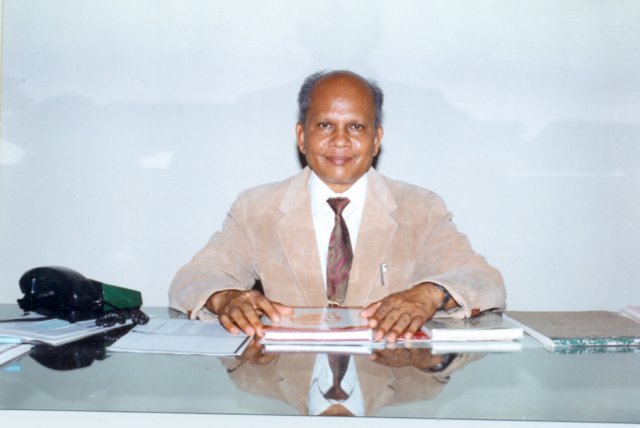
Brief Biographical Sketch of Prof. Pradhan
Prof. Pradhan was born on 3rd January 1929 in Ghanashalia village in Nayagad district of Odisha. After his matric in Nayagad High School, he joined Revenshaw college in 1945 and did B.Sc. with Physics Honours. He was the best graduate and received Mayurbhanj gold medal. He then moved to BHU in 1949 from where he did his M.Sc. in 1951, securing the first rank. After his M.Sc. in 1951 he joined Revenshaw college as a faculty. In 1953 he went to University of Chicago, USA for his Ph.D. He was taught there by celebrities like Enrico Fermi. He did his Ph.D. in 1956 under the supervi- sion of M. Goldberger. His Ph.D. thesis was entitled ”Electron Capture by Protons passing through the Hydrogen”. After his Ph.D. he stayed on and during 1956-57 did post-doctoral work under famous astrophysicist S. Chan- drasekhar. Subsequently he moved to Niels Bohr Institute in Copenhagen, Denmark for his second post-doctoral stint in 1957-58. He returned to India in 1958 and joined his previous job at Revenshaw college.
By now Prof. Pradhan’s work had become well known and in 1962 he joined Saha Institute of Nuclear Physics, Kolkata as Associate Prof. in Theo- retical Nuclear Physics Division. After MK Banerjee left for USA, he became the Professor and head of the Theory Division and remained in that position till 1974 when he joined the newly formed Institute of Physics, Bhubaneswar as founder Director. During his tenure, in 1985, the Institute was taken over by Dept. of Atomic Energy as an aided institute (similar to TIFR and SINP). He superannuated from the institute in January 1989. Subsequently, from 1989 till 1991 he was the Vice Chancellor, Utkal University.
Prof. Pradhan has authored two books. The first one entitled ”The Photon” is published by Nova Science Publishers, New York while the second book entitled ”Quantum Mechanics” has been published by University Press, Hyderabad. He has also edited a book based on the proceedings of the symposium on Current Trends in Physics held in the institute in 1986 and has been published by World Scientific Singapore. Prof. Pradhan has chaired many committees tasked with academic evaluation of a number of academic institutions and has suggested road map for their excellence.
Prof. Pradhan’s contribution to scientific research and institute building has been well recognized in the country. He became fellow of Indian Academy of Science, Bangalore in 1974. He got the Meghnad Saha Award for Theo- retical Sciences hosted by Hari Om Ashram (UGC) in 1980. In 1990 Govt. of India conferred him with Padma Bhushan. He received Kalinga Samman award in 2014 and Kalinga Ratna award in 2018.
Early Days of the Institute of Physics, Bhubaneswar
Avinash Khare, Physics Department, Savitribai Phule Pune University, Pune, India 411007
A detailed account of the early days of the Institute has been given by Prof. Pradhan in the special issue brought out by the institute on the occasion of the institute completing twenty five years in 1999. Hence to avoid the duplication, this account will primarily focus on the academic progress during this period and will be much shorter.
Even though the institute officially came into existence in 1972 as an autonomous research institute under the government of Odisha, it really took of on Sept. 4, 1974 when Prof. Trilochan Pradhan, then Professor and head, Theoretical Nuclear Physics Division joined as founder director. Soon, Mr. Nityananda Raut joined the institute on deputation from Utkal University as grade-I assistant. After couple of months, the institute moved to a rented building in (A-105) Saheed Nagar. The interviews for faculty selection in Theoretical Physics took place in January 1975 and faculty positions at various levels (Professor, Associate Professor and Lecturer) were offered to sixteen people, broadly equally in the areas of Theoretical Condensed Matter Physics, Nuclear Physics and High Energy Physics. Two of them A. Khare and J. Maharana joined the institute as faculty on January 30, 1975. The academic activity soon took off and the first three preprints from the institute came out by early March and the first paper from the institute was published in Physical Review Letters in June and the second one in September of the same year. By the end of June, another six faculty members (SP Misra, SN Behera, DN Tripathy, SR Shenoy, A. Ansari, CR Praharaj) had joined the institute while by the end of 1975 another four faculty members (L. Satpathy, BK Rao, SG Mishra and LK Chavda) had joined so that within a year the institute had twelve faculty members.
It is remarkable that Odisha state government thought about starting a research institute in physics. The genesis of this goes back to more than 150 year old Revenshaw College, Cuttack which had good physics 1department with excellent teachers who inspired students many of whom turned out to be physicist of high caliber who occupied important positions in research institutes and universities in India and abroad. This was noticed by top physicists in the country and some of them including Prof. D.S. Kothari suggested to then Education Minister of Orissa Mr. Banamali Patnaik to create facilities for research in physics in the state. Mr. Patnaik was a remarkable person with vision and had carried out several administrative reforms in higher education of the state. Mr. Patnaik took the suggestion of Prof. Kothari and others seriously and that’s how the Institute of Physics was established as an autonomous institute by the government of Odisha. It is to the credit of the politicians and bureaucrats of Odisha that all of them enthusiastically supported the institute with liberal funding for ten years and there was no political interference in either the appointment of the faculty or day to day functioning of the institute. Looking at the history of independent India, starting and then nurturing of the Institute of Physics by the Odisha govt. is a rare event. It is doubtful if such a thing will be ever repeated again in the country.
The institute faculty decided right in the beginning that a one year Pre-doctoral course should be started right away from the month of August 1975 and those who successfully pass this course be awarded Pre-doctoral diploma in Advanced Physics and would be eligible to carry out Ph.D. work under the supervision of the institute faculty members. The course was inaugurated in August 1975 by Dr. Raja Ramanna, Director BARC, Mumbai. A house was rented nearby in Saheed Nagar to be used as hostel for the students. About 8 students joined for the one year course. Simultaneously the research work too had picked up momentum and research papers started appearing regularly in internationally reputed journals. Institute Colloquim and group seminars started on a regular basis. The atmosphere during that early period was amazing which is hard to describe in words. Most of the faculty members were young with lot of energy and there was dream of building a good research institute.
One nontrivial issue was the procurement of back volumes and current issues of standard journals as well as books. Luckily Prof. Pradhan got addresses of the back volume suppliers in USA and by 1977 the institute had back volumes of almost all the standard journals at very reasonable prize. With the funding available from the Orissa government, it was possible to order most of the standard current journals. Several books were purchased from the Indian sources and by the end of 1977, the institute had 2a reasonably good library.
Another generous support from the government of Orissa was in the form of donating 50 acres of land for the establishment of the permanent campus of the Institute. Further they also gave generous support for the construction. Prof. Pradhan wisely decided to erect compound wall which gave identity to the institute and saved it from the encroachment of the institute land. The main building and the hostel were completed by August 1981 and the institute moved to its new campus after the inauguration of the campus by the then Prime Minister Smt. Indira Gandhi.
In 1976, the institute hosted, in collaboration with the physics department of the Utkal University the annual High Energy Physics Symposium which is sponsored by the Department of Atomic Energy. Further, in 1978 as well as in 1982 the institute organized a symposium entitled ”Current Trends in Physics” where several leading physicists were invited to give talks summarizing the latest development in their field. Sometimes around 1977 it was felt that the institute was incomplete without experimental research work. Hence a modest experimental research program was initiated with the recruitment of two exper- imental physicists, i.e. H.C. Padhi and P. Sen who set up positron annihilation and Compton profile experiments in order to carry out condensed matter studies.
Sometime in 1979 or so Dr. H.S. Sethna Chairman Atomic Energy visited the institute during which the institute sought financial assistance from dept. of atomic energy (DAE). A committee led by Dr. K.T. Thomas visited the institute and recommended grant-in-aid of Rs. 5 lakh per year in addition to liberal grant from Dept. of Science and Technology (DST) for some major research projects. It also recommended that aided status like that of TIFR and SINP can be considered later after the review of the work of the institute by another committee. After few years, another committee headed by Prof. B.M. Udgaonkar visited the institute and recommended that the institute be granted aided status of DAE like TIFR and SINP and in April 1985 the institute became a member of the DAE family.
As a follow up of the recommendation of the Thomas committee, the institute, after lot of deliberations decided to apply for a low energy accelerator for research in condensed matter, atomic applied and low energy nuclear physics. In particular, the institute opted for 3-MV tandom pelletron. After several rounds of discussions with funding agencies, finally the project was approved and after DAE takeover, it was 3funded by DAE.
The Institute will complete 45 years in Sept. this year but it still remains a small institute. May be as Schumacher says ”Small is Beautiful”. But big is not necessarily ugly.
Felicitation of Prof. Pradhan on turning 90 (Part 2 of 7)
Felicitation of Prof. Pradhan on turning 90 (Part 3 of 7)
Felicitation of Prof. Pradhan on turning 90 (Part 4 of 7)
Felicitation of Prof. Pradhan on turning 90 (Part 5 of 7)
Felicitation of Prof. Pradhan on turning 90 (Part 6 of 7)
Felicitation of Prof. Pradhan on turning 90 (Part 7 of 7)
Program Photos
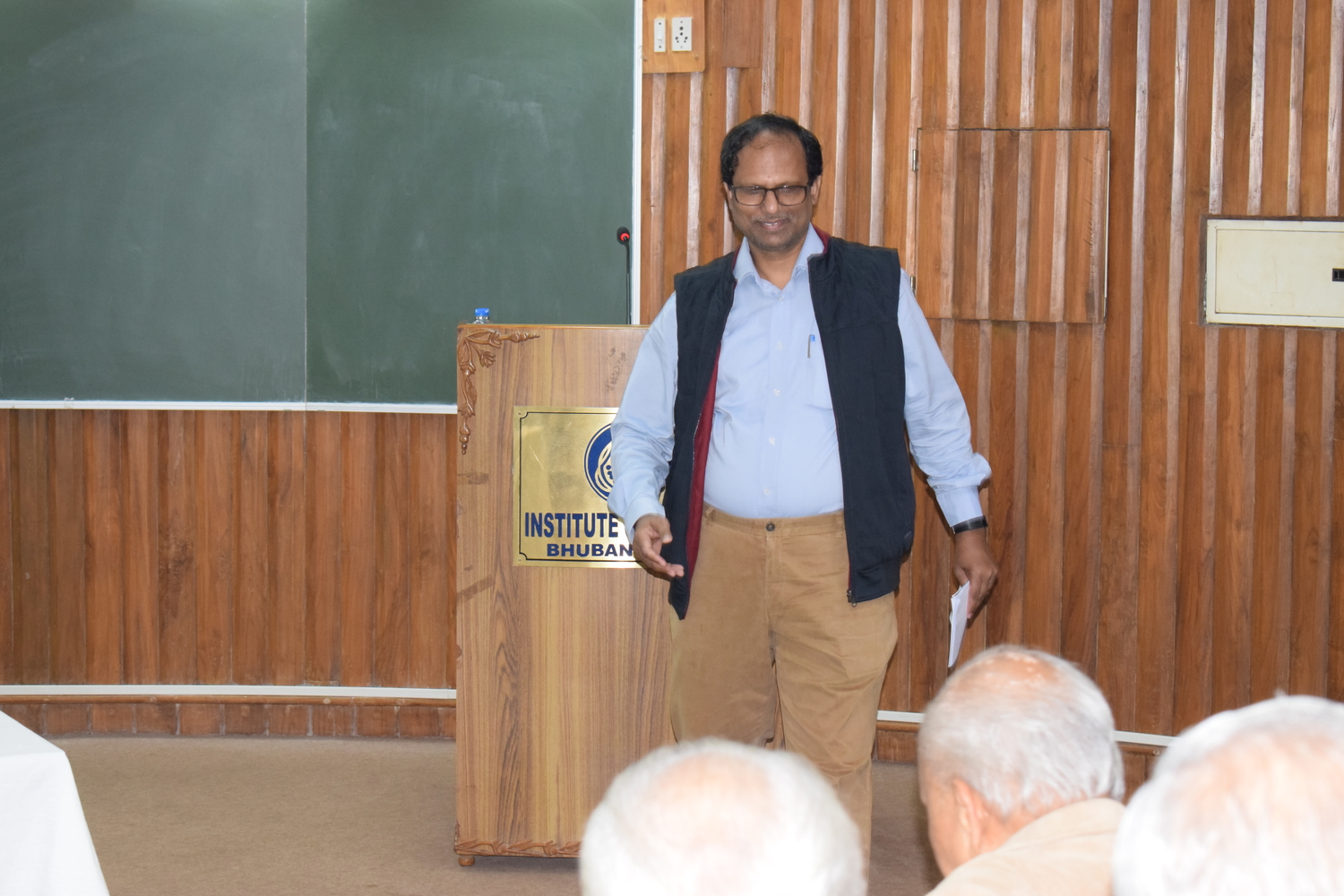
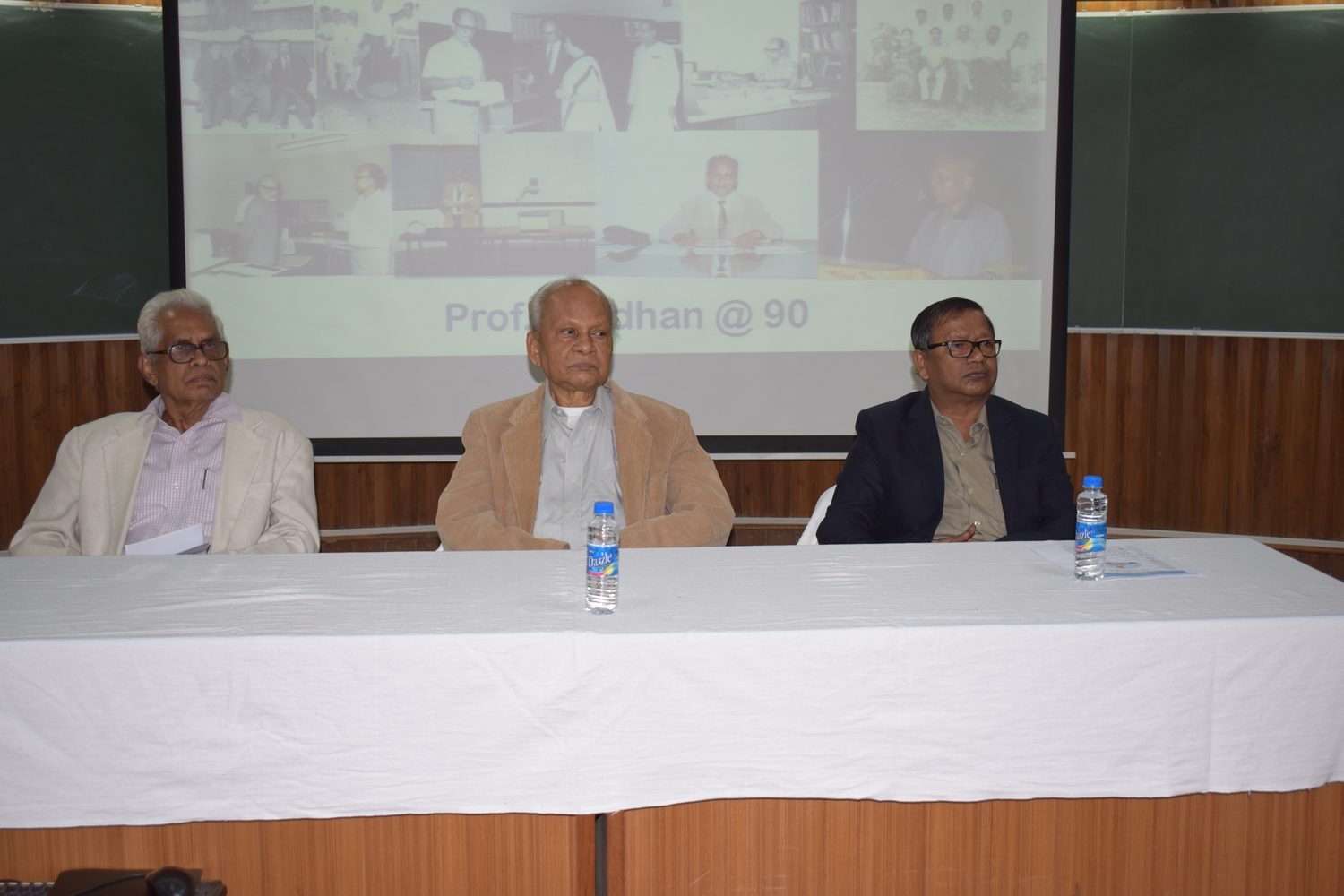
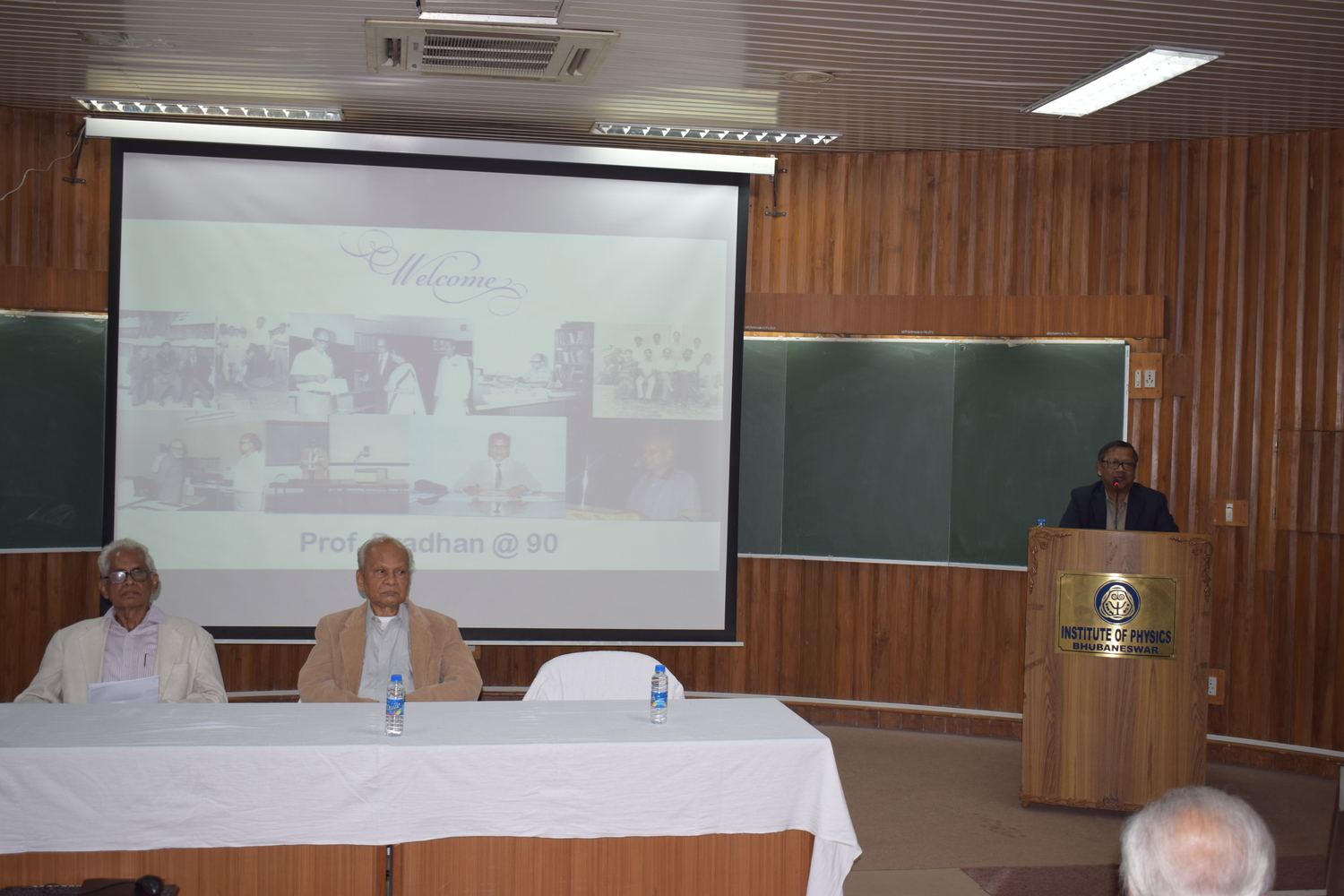
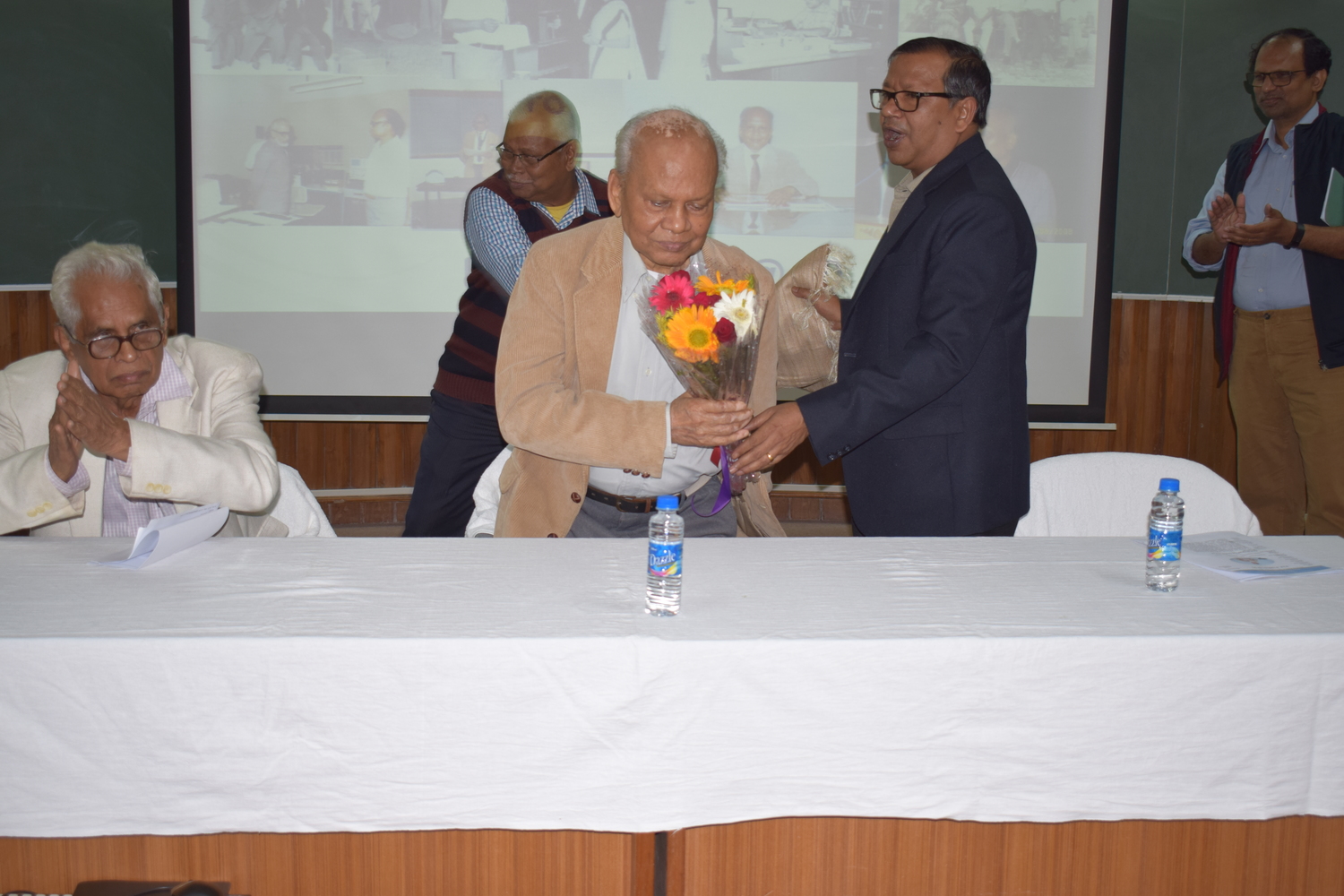
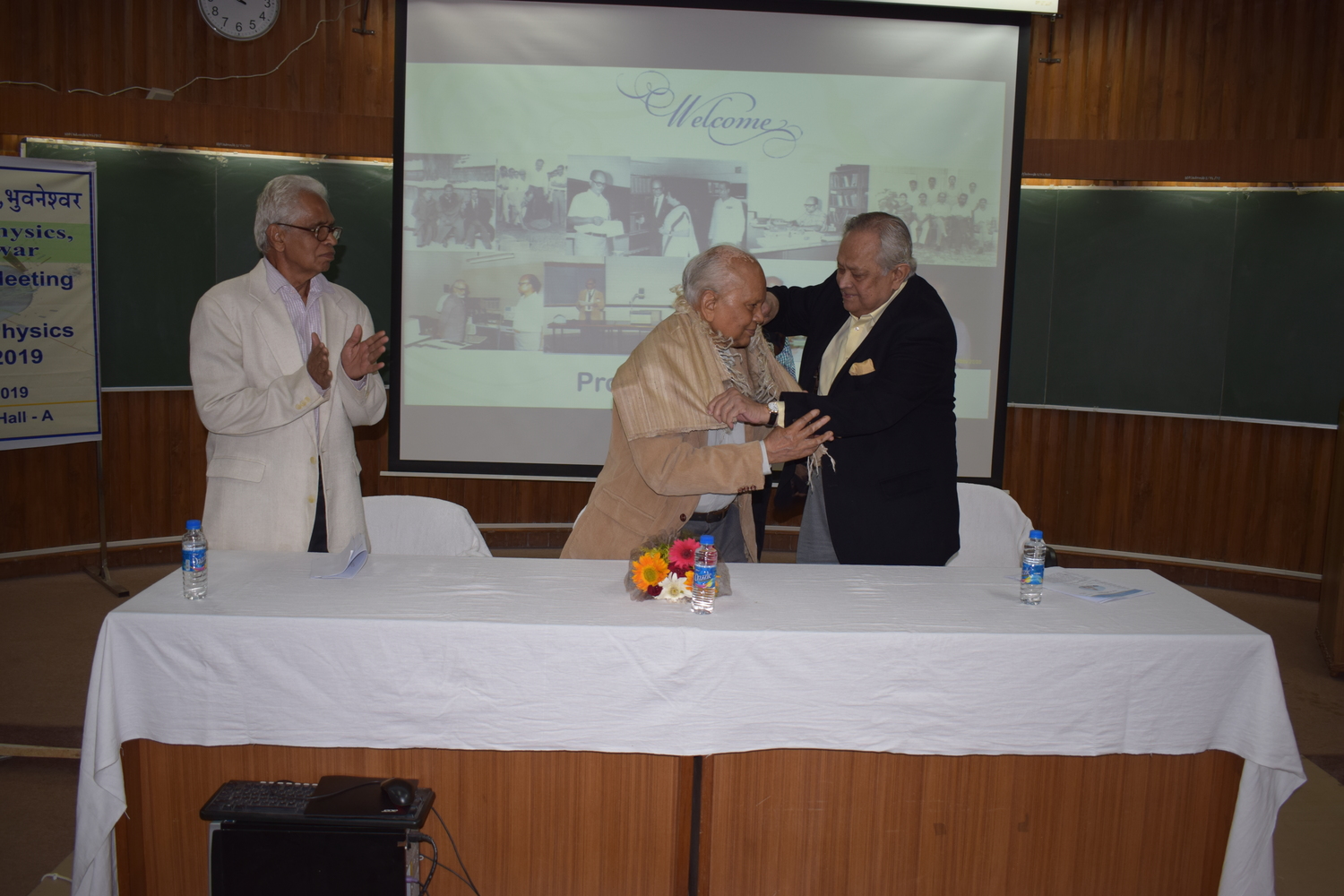
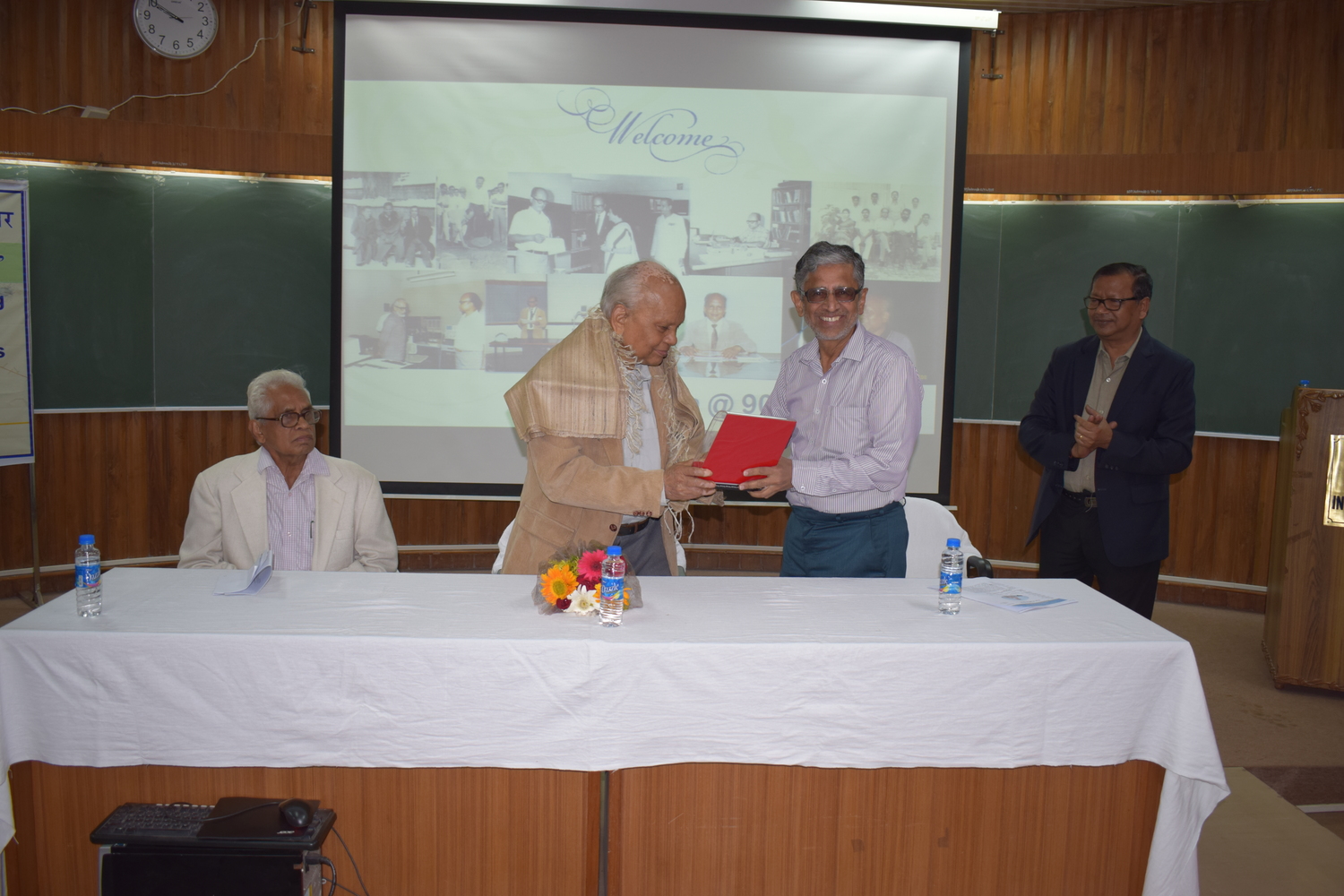
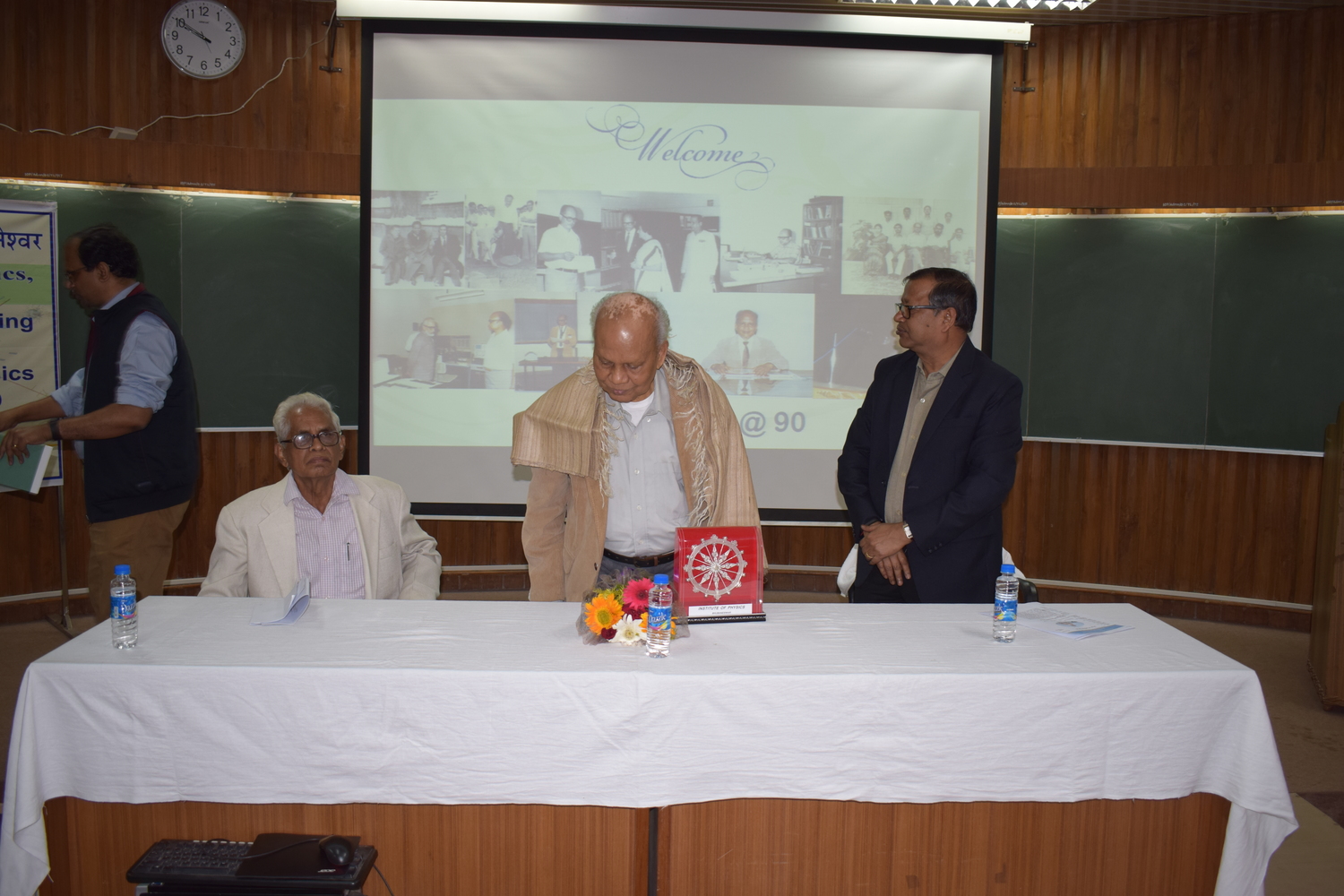
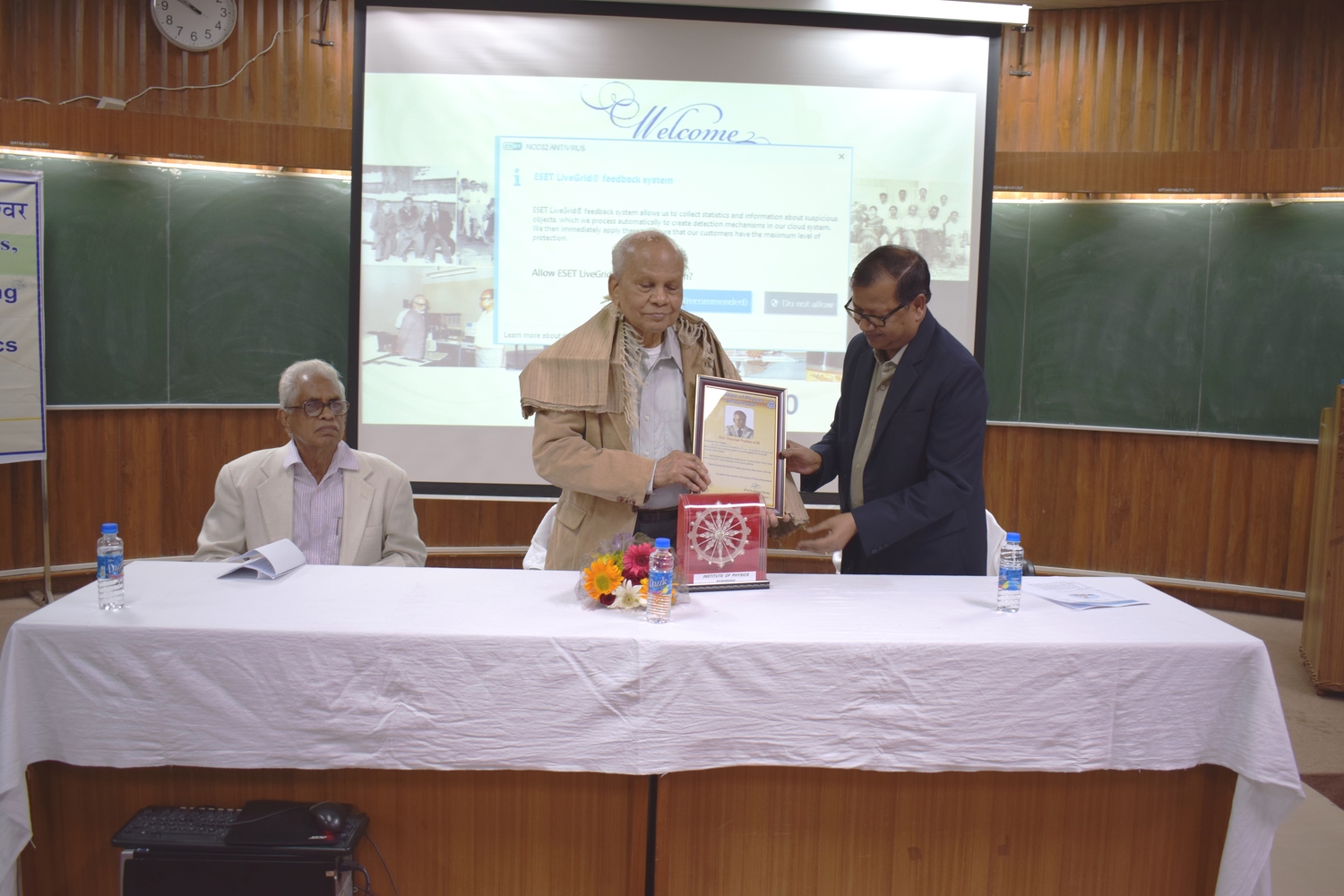
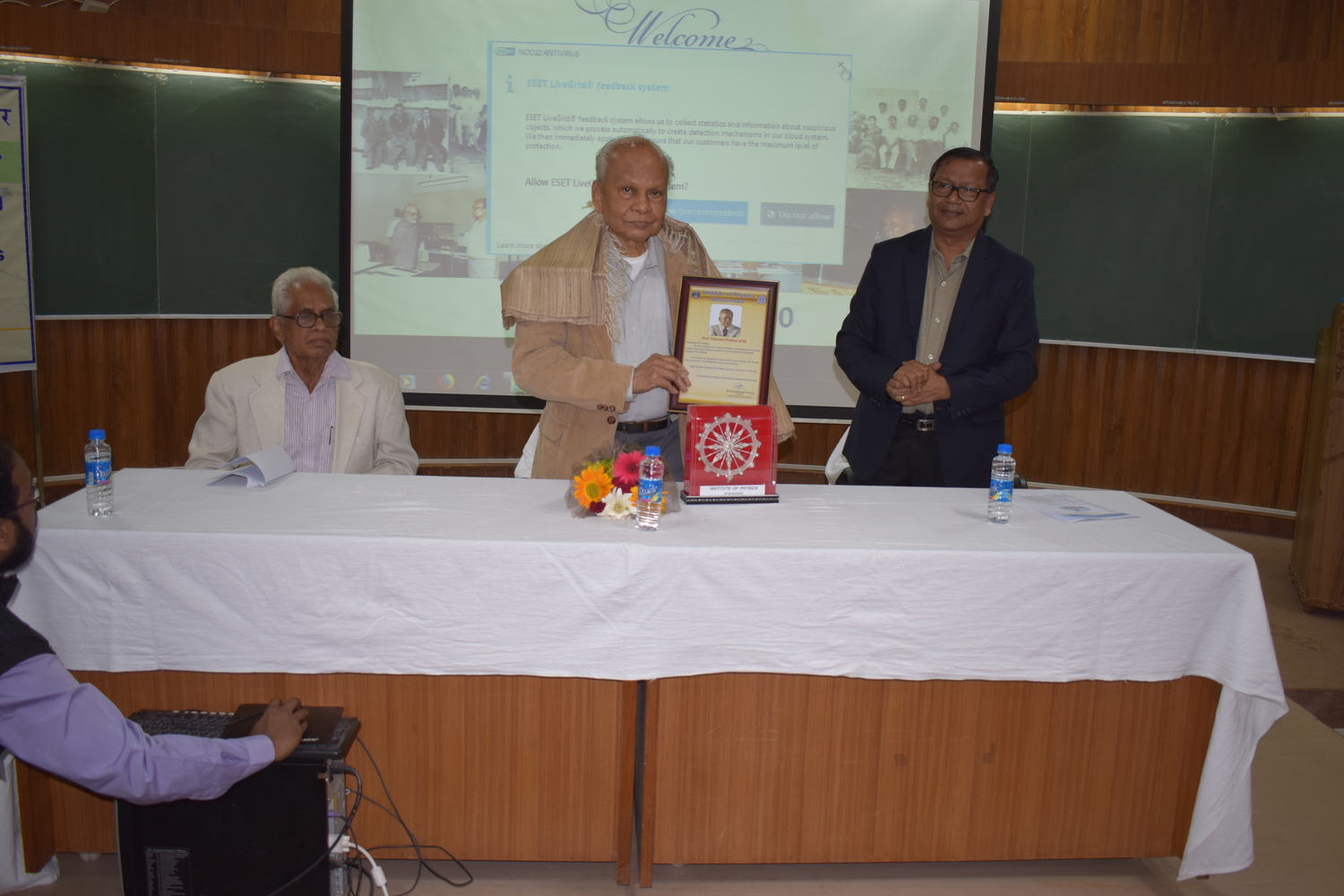
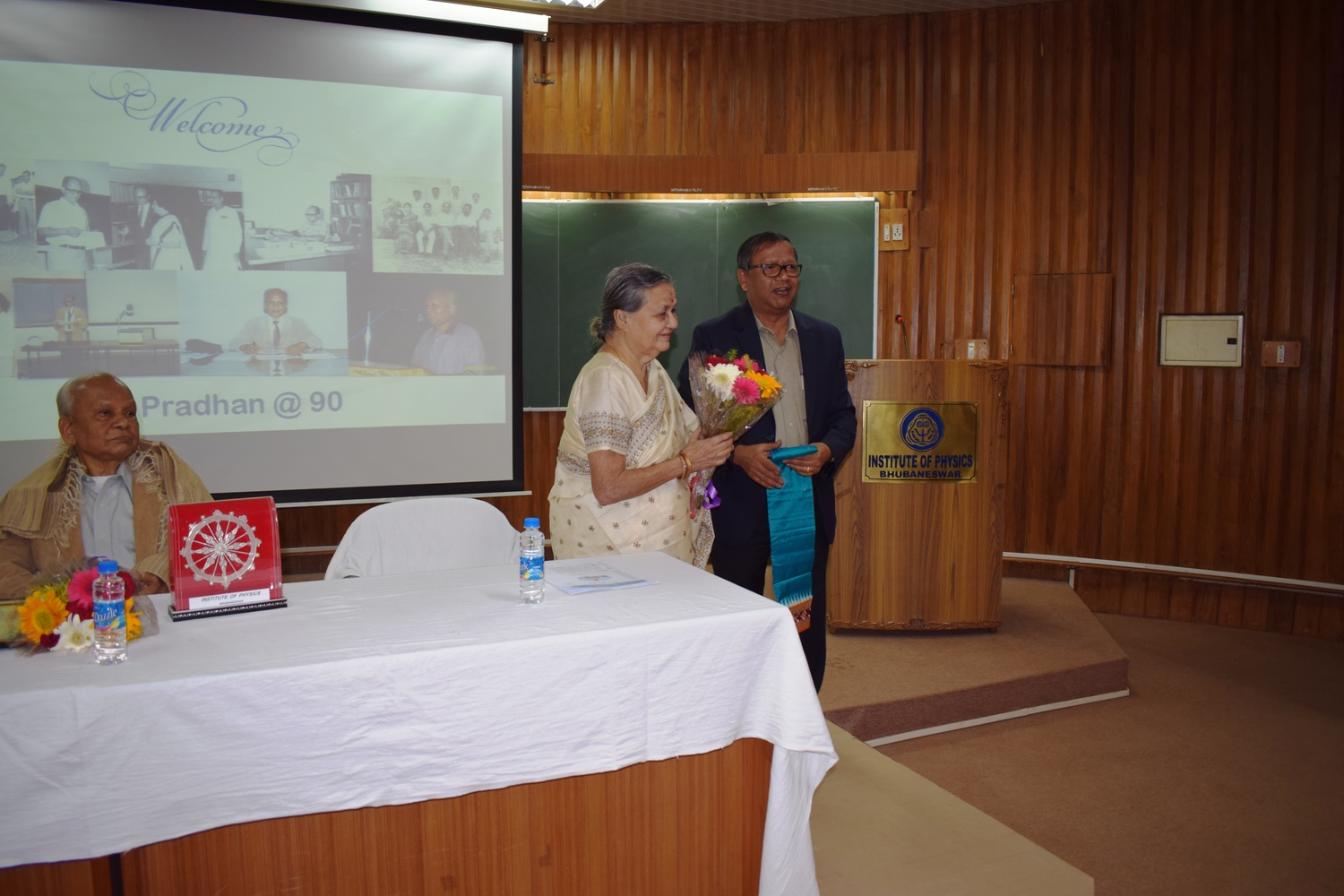
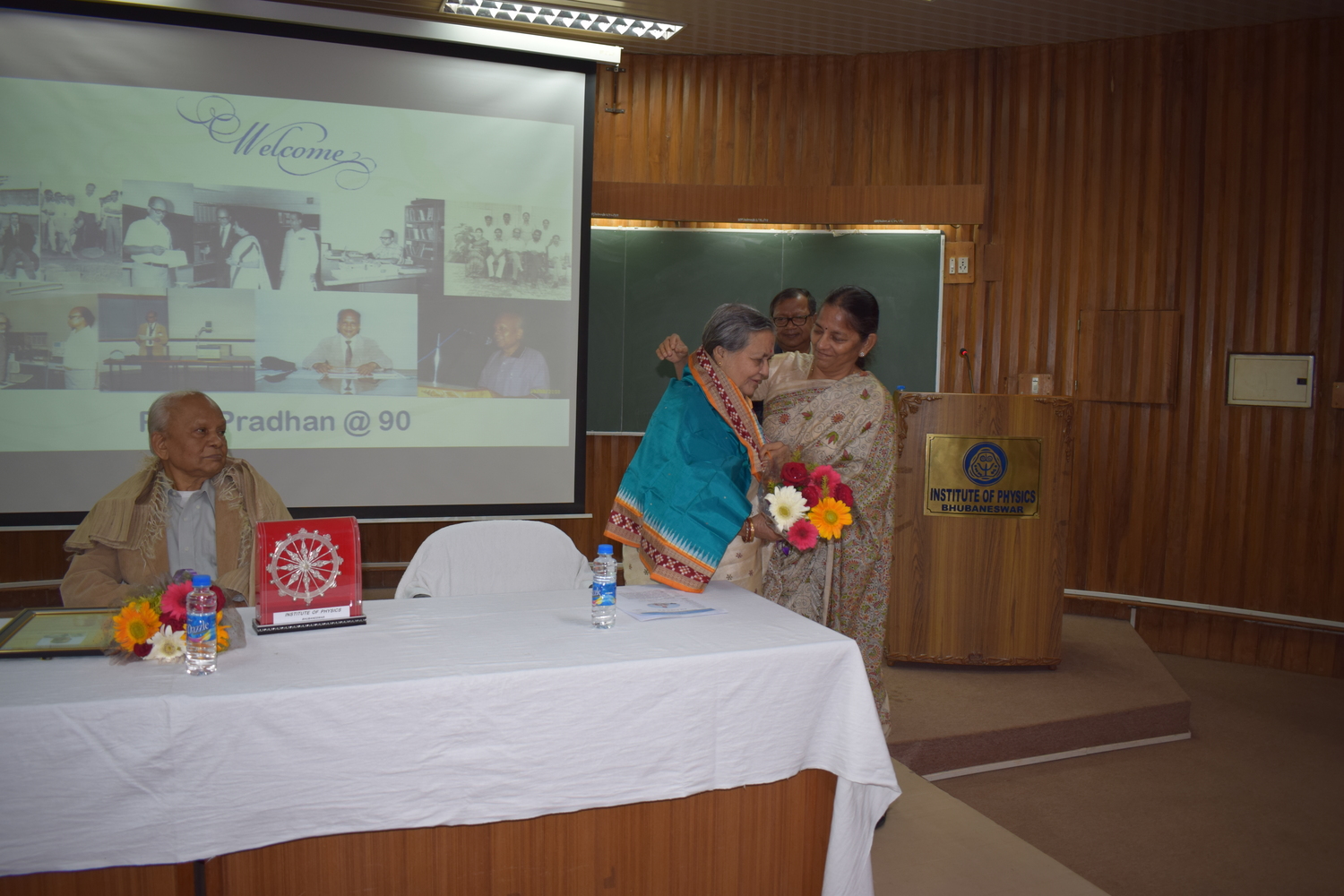
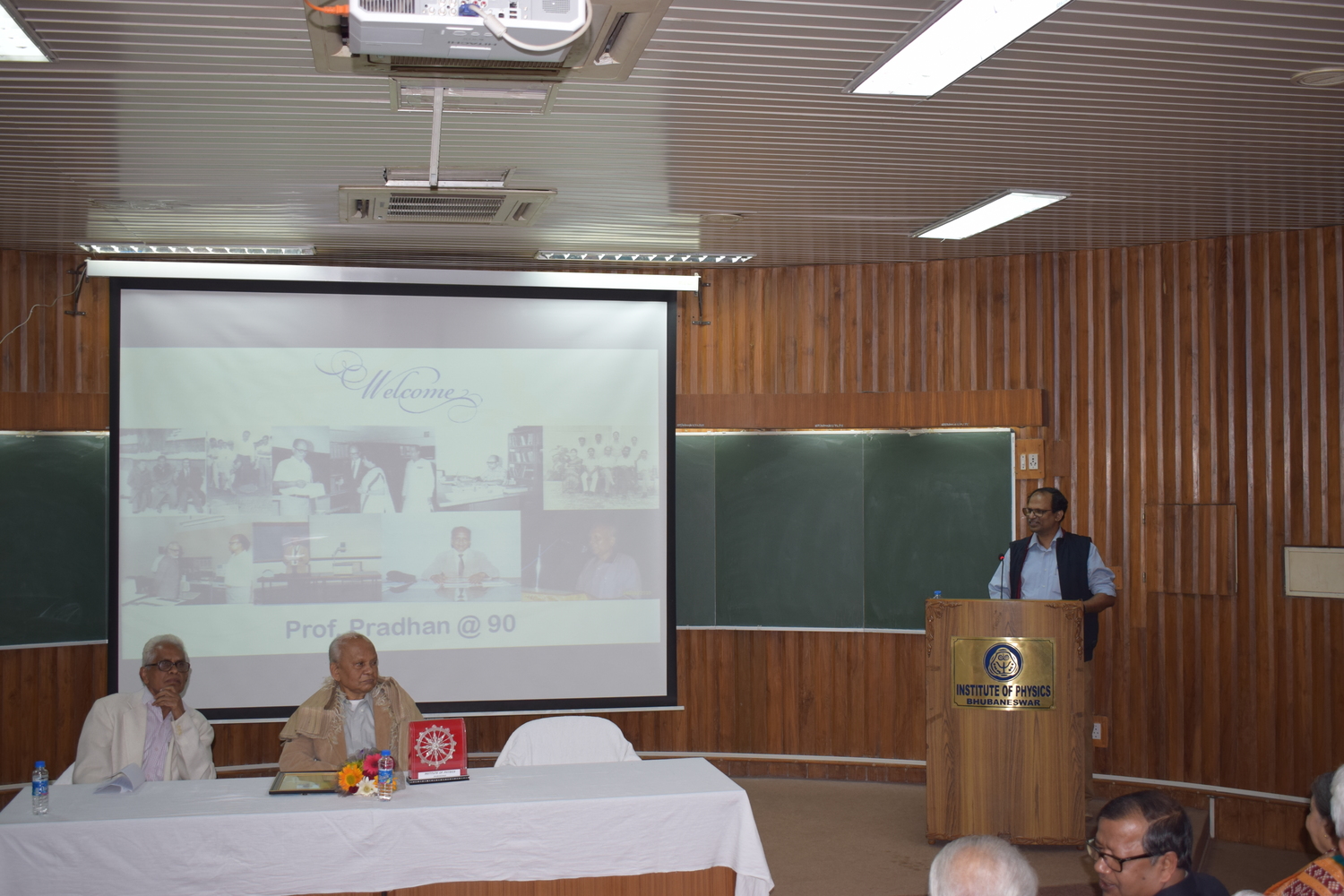
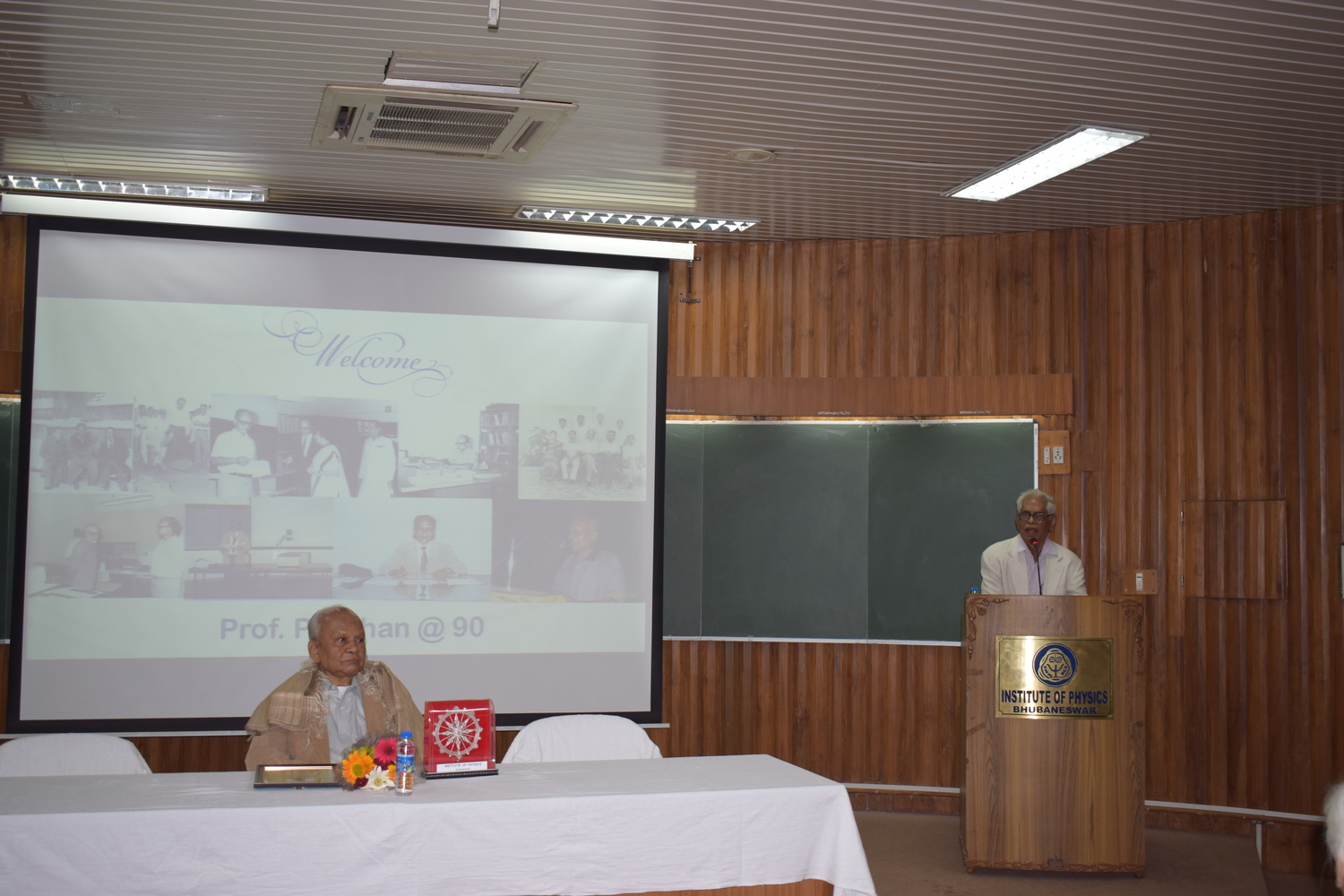
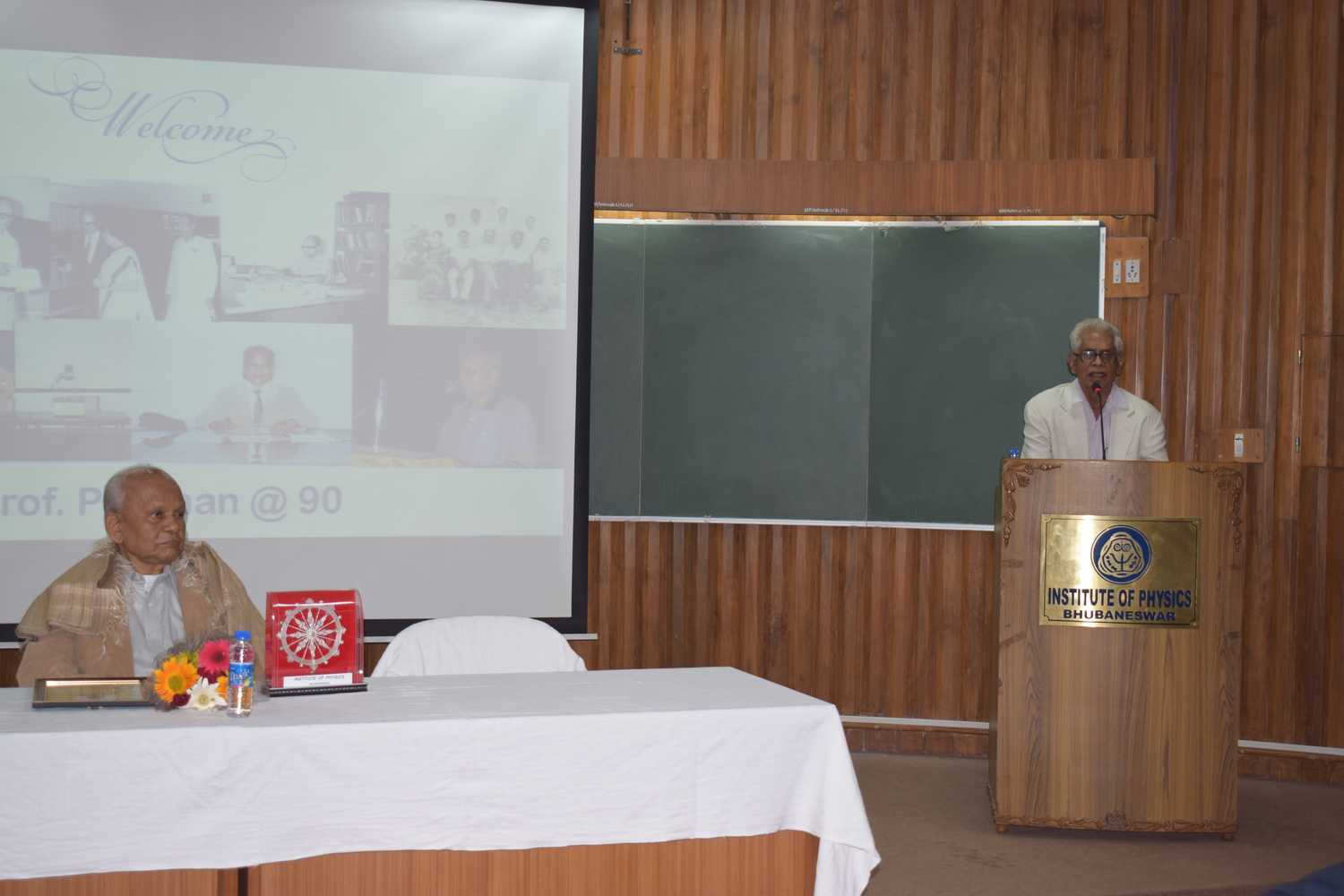
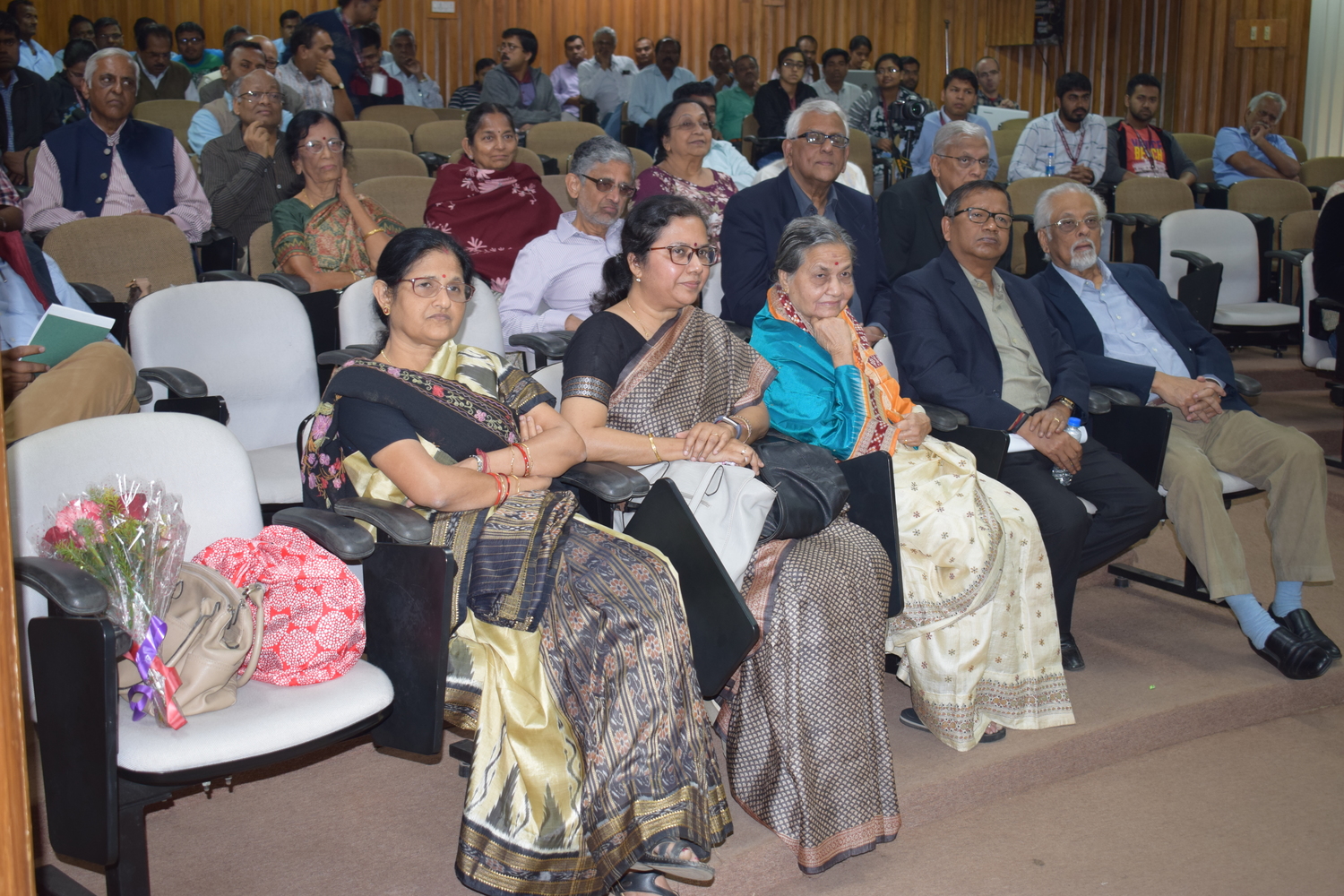
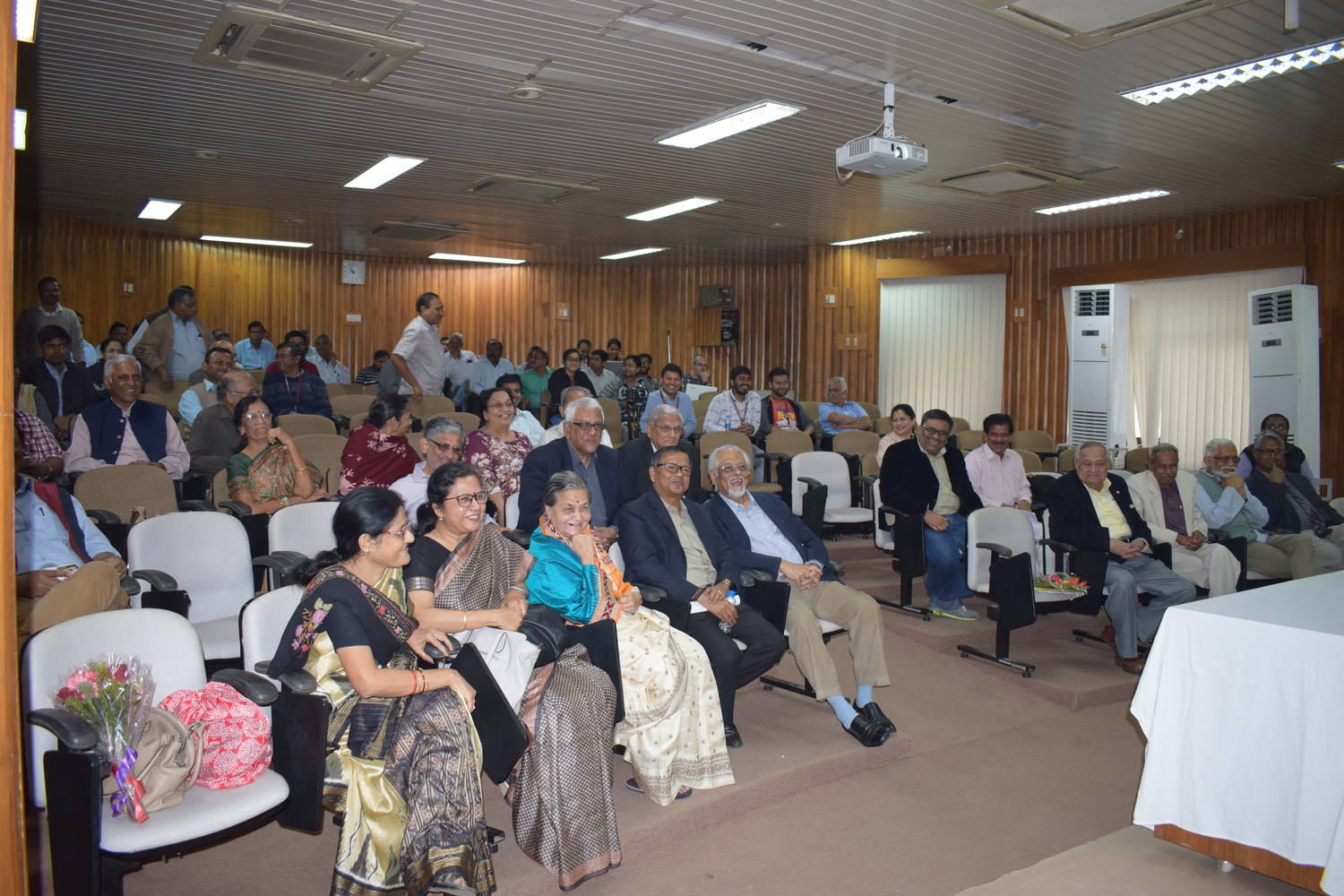
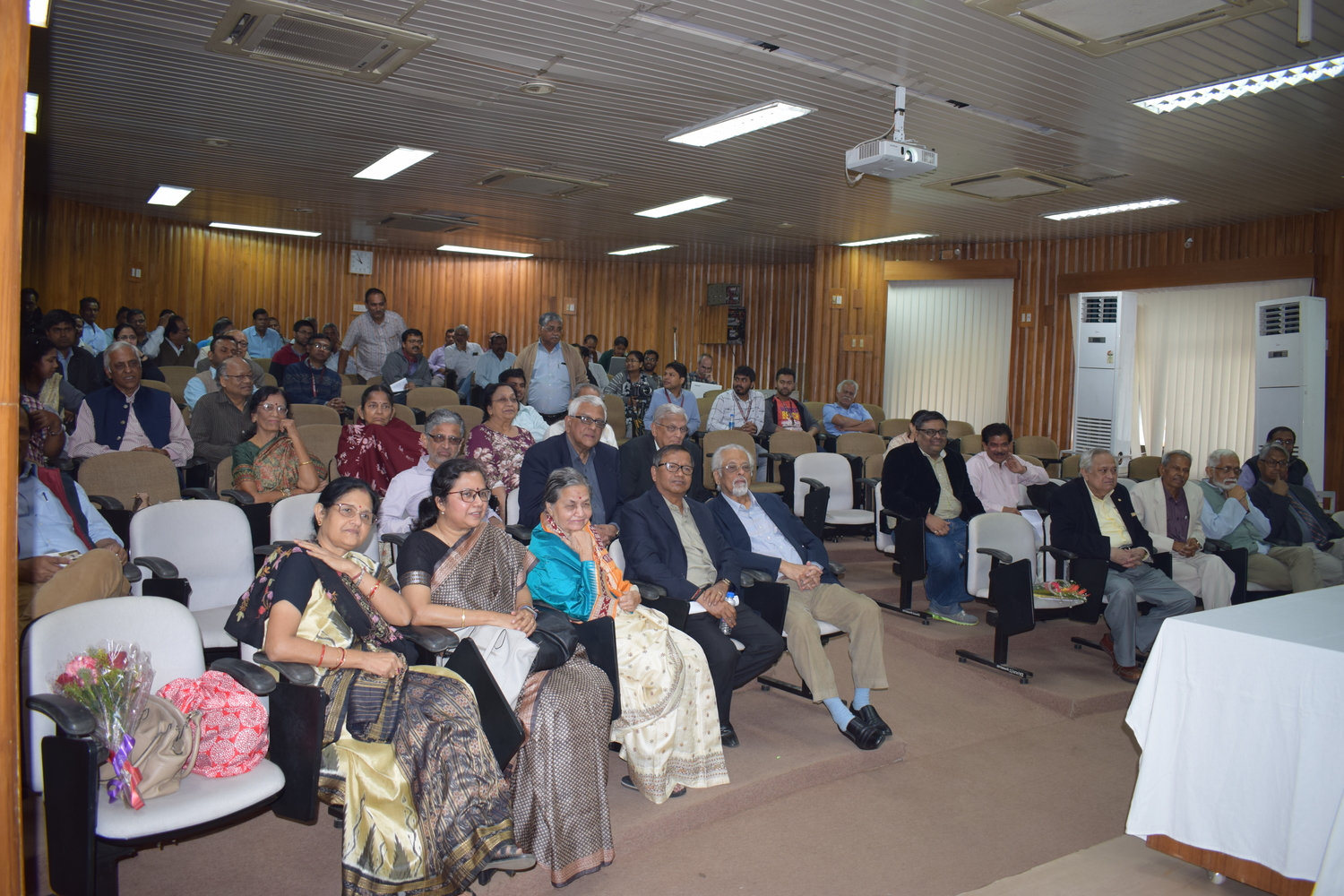
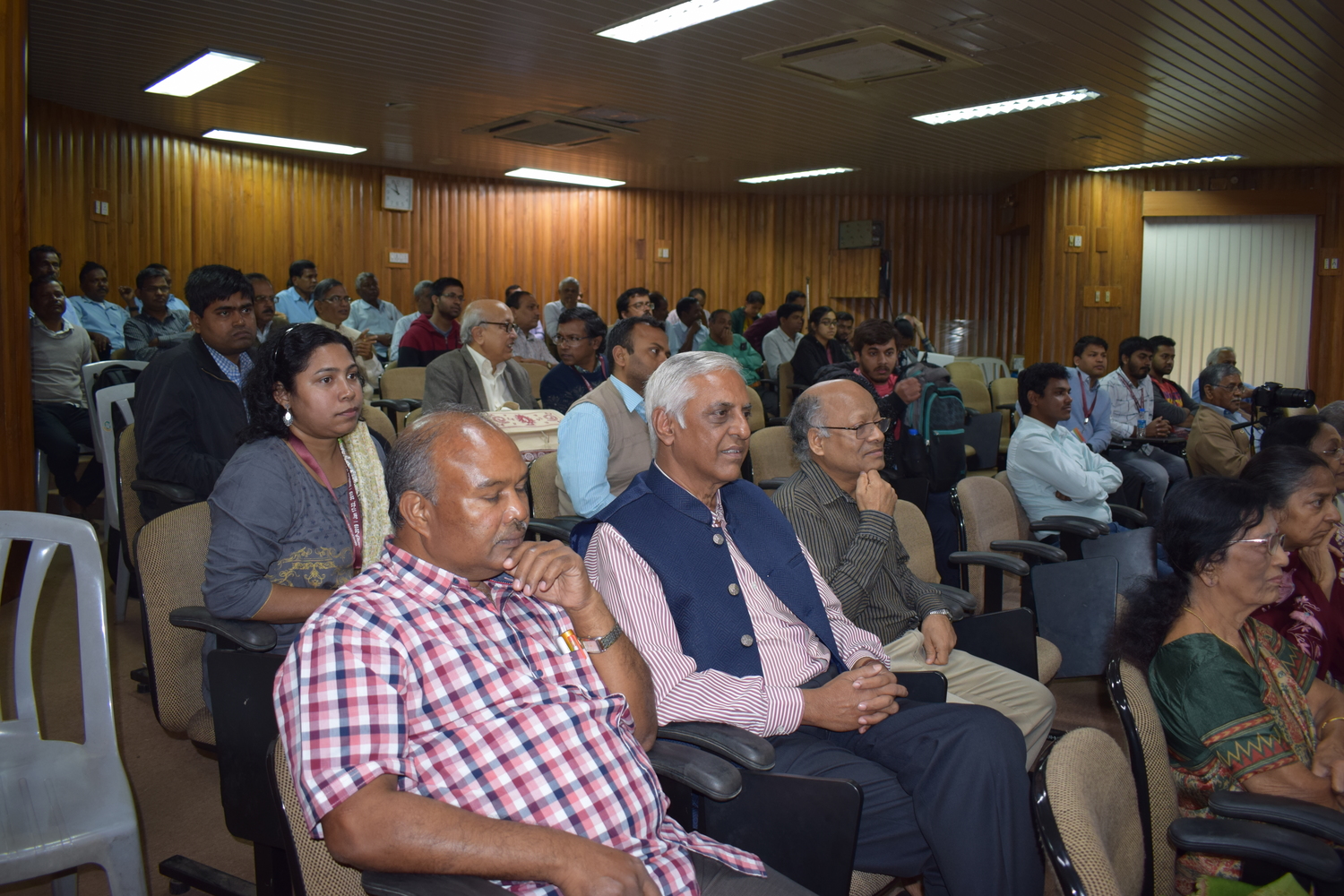
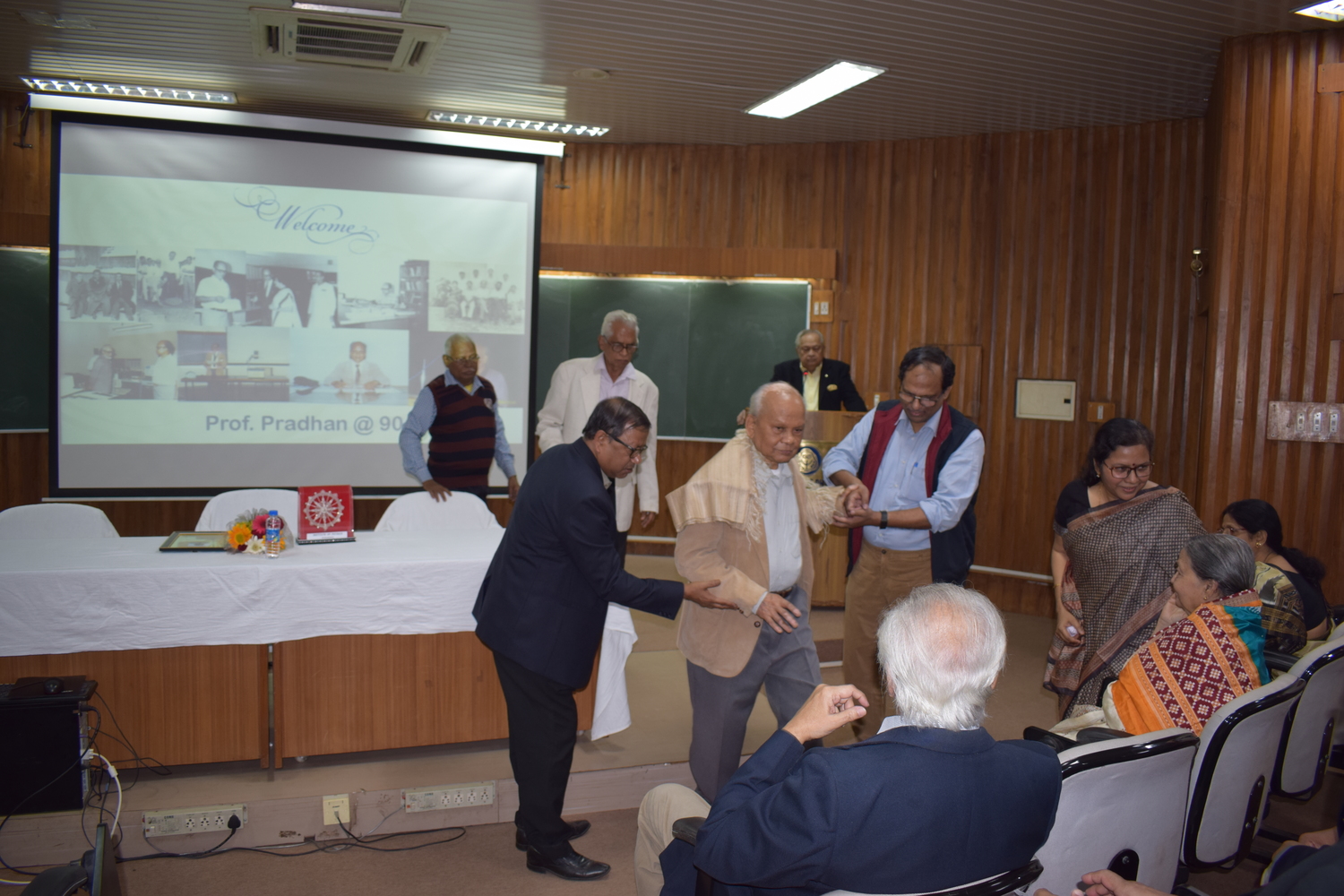
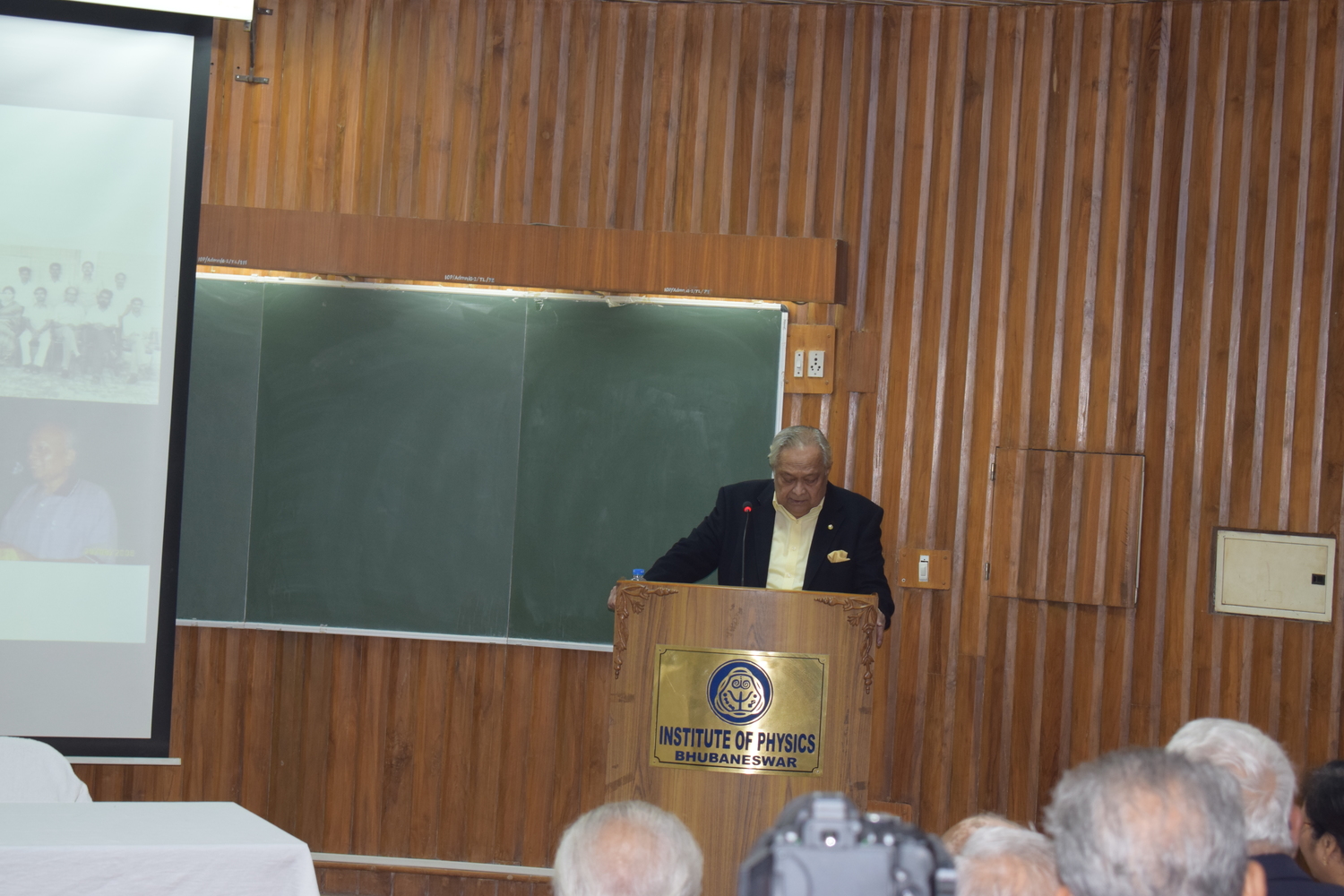
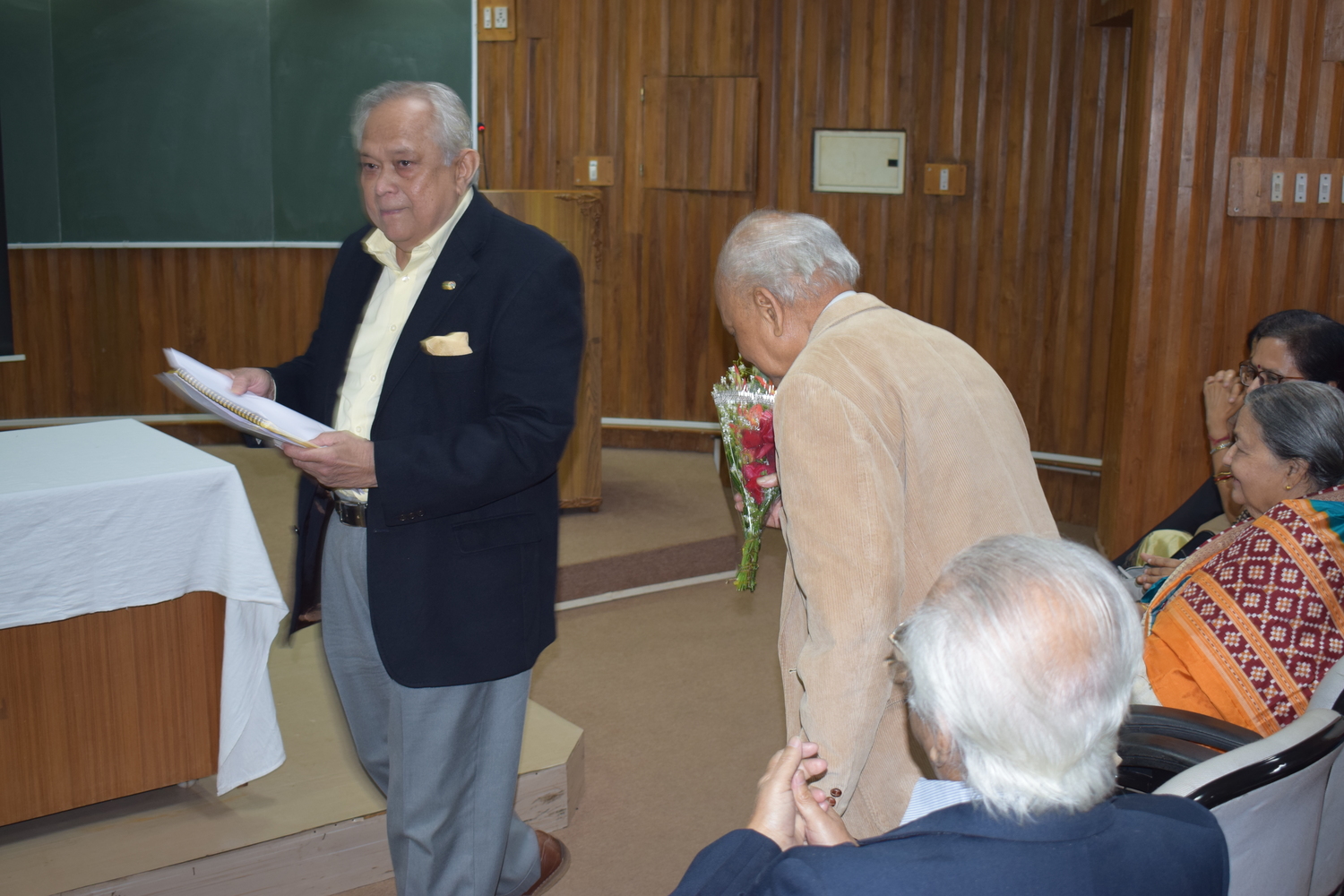
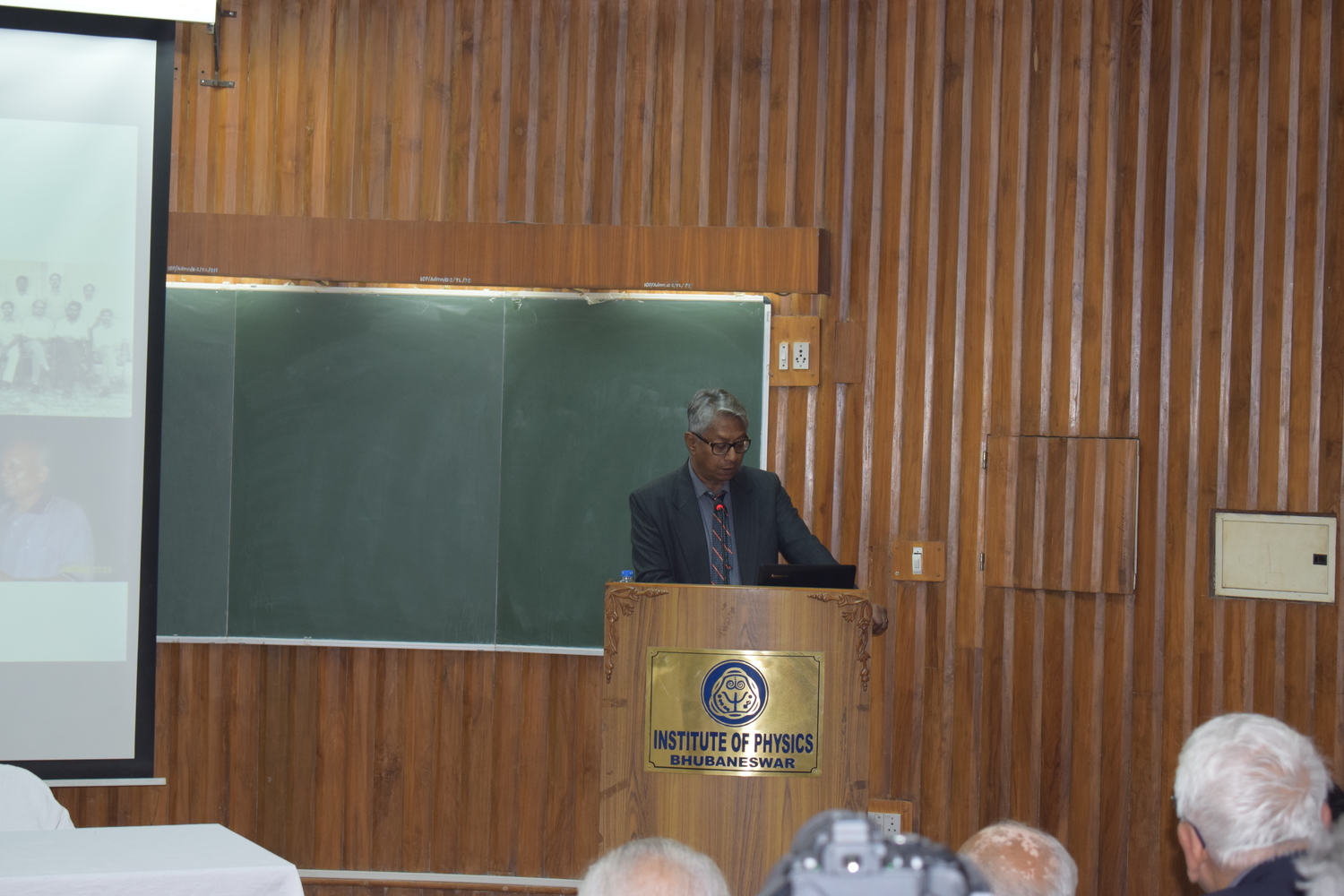
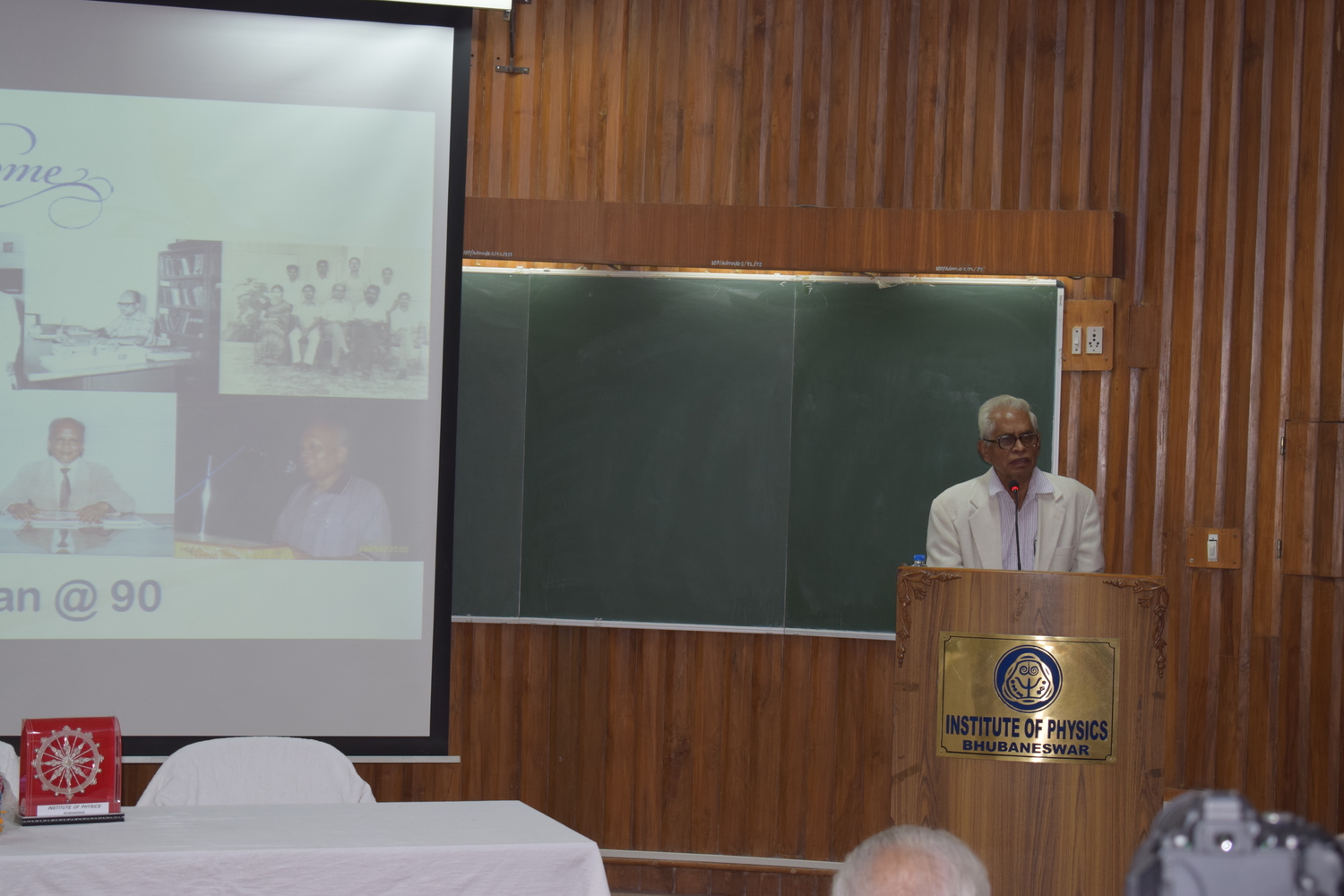
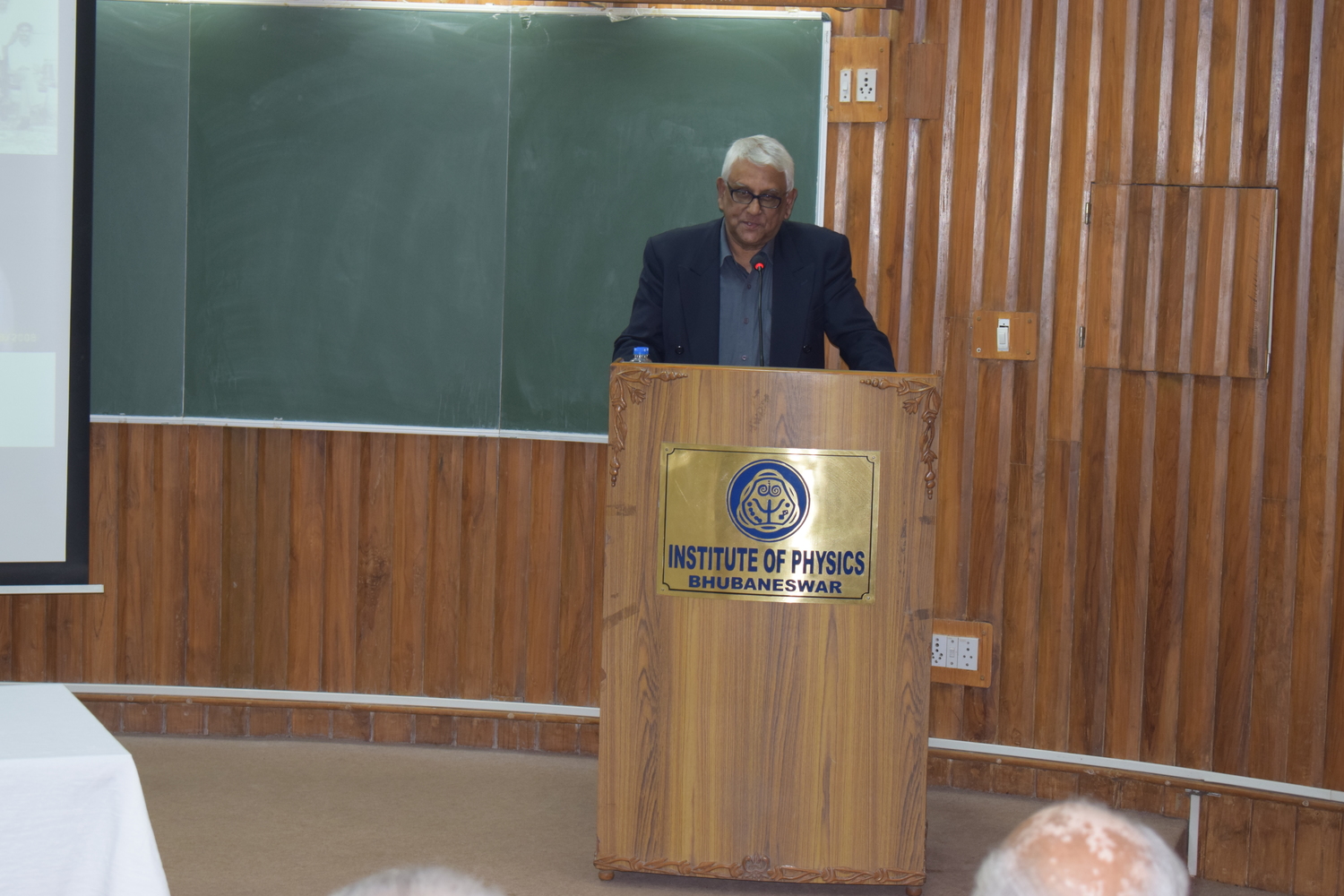
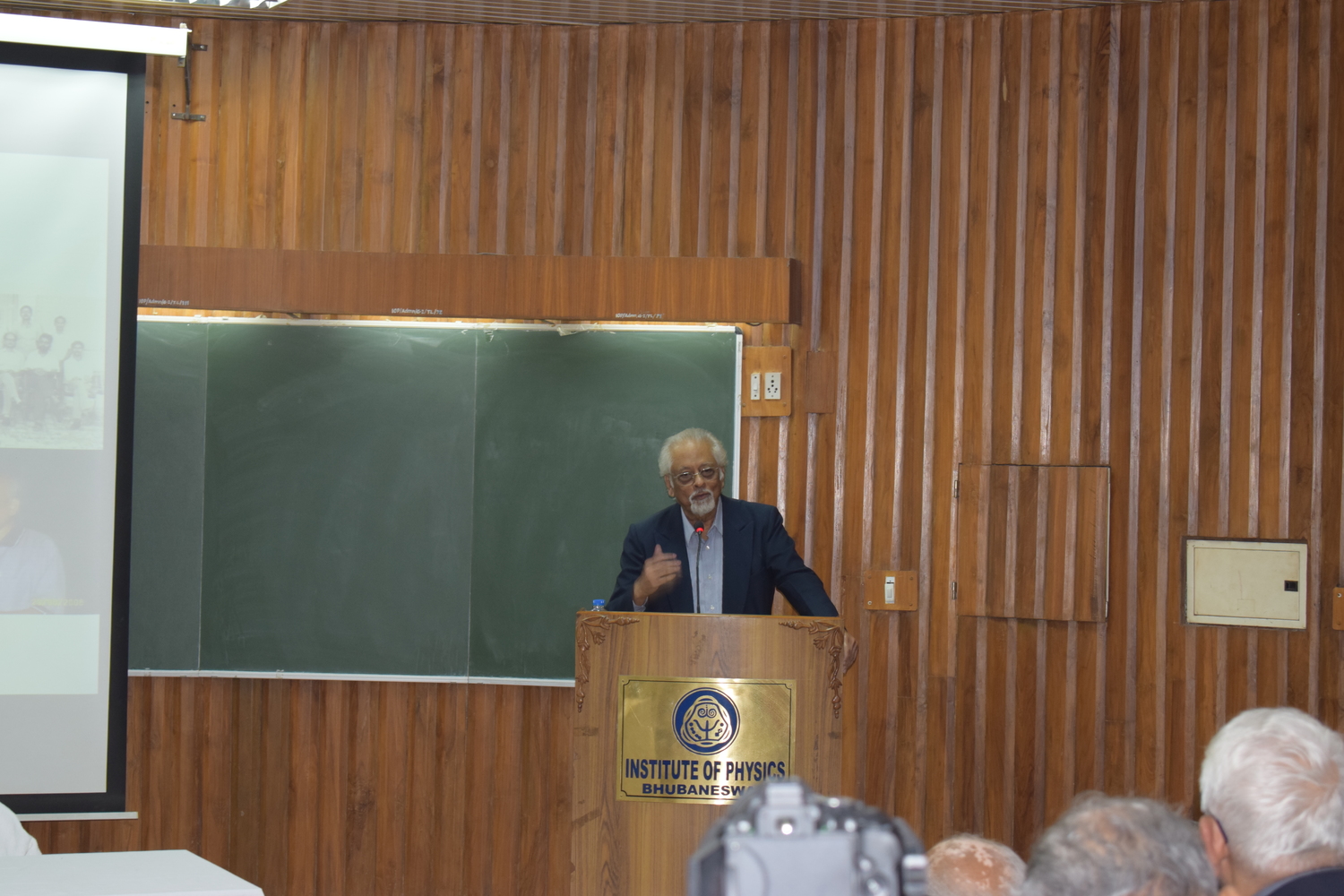
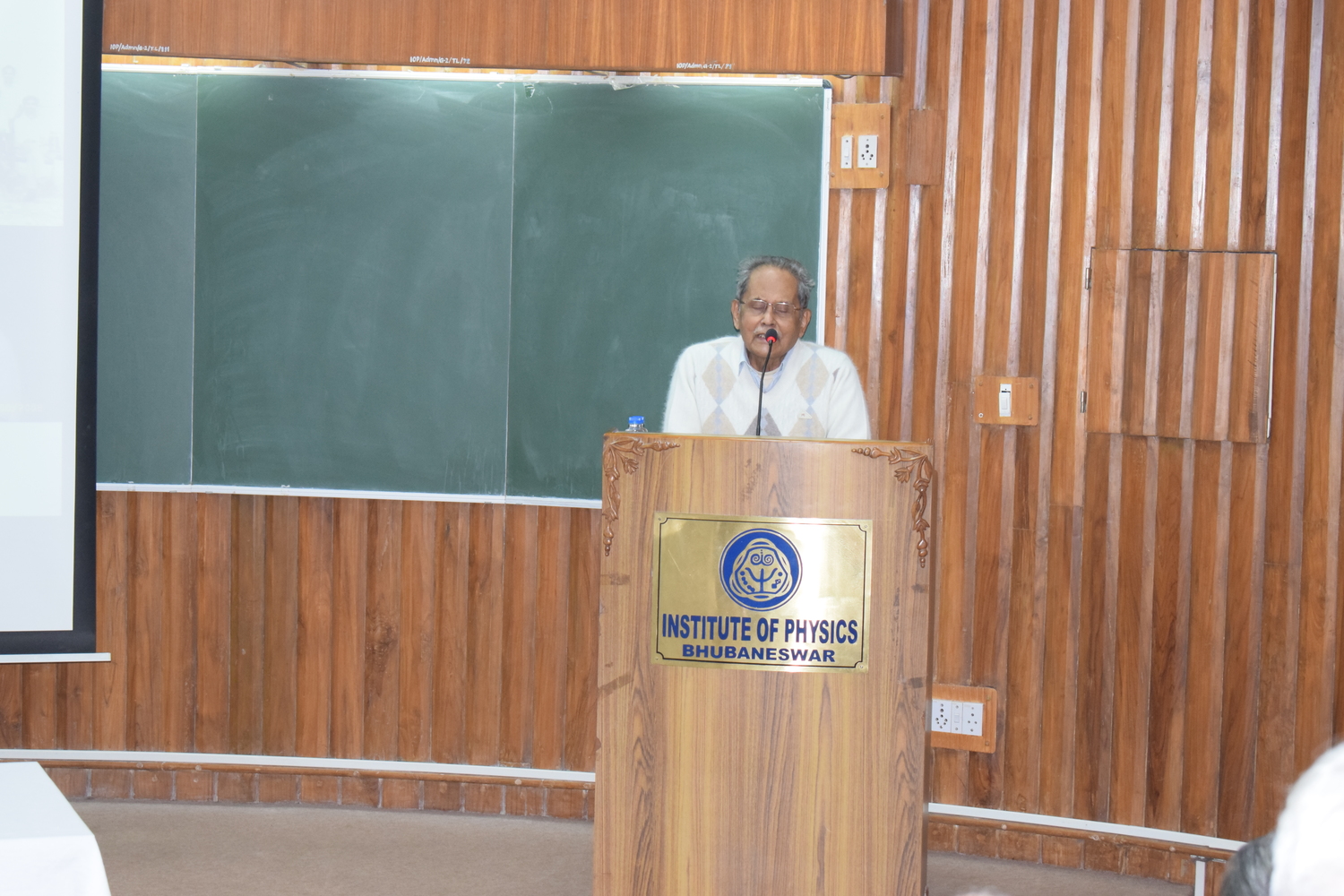
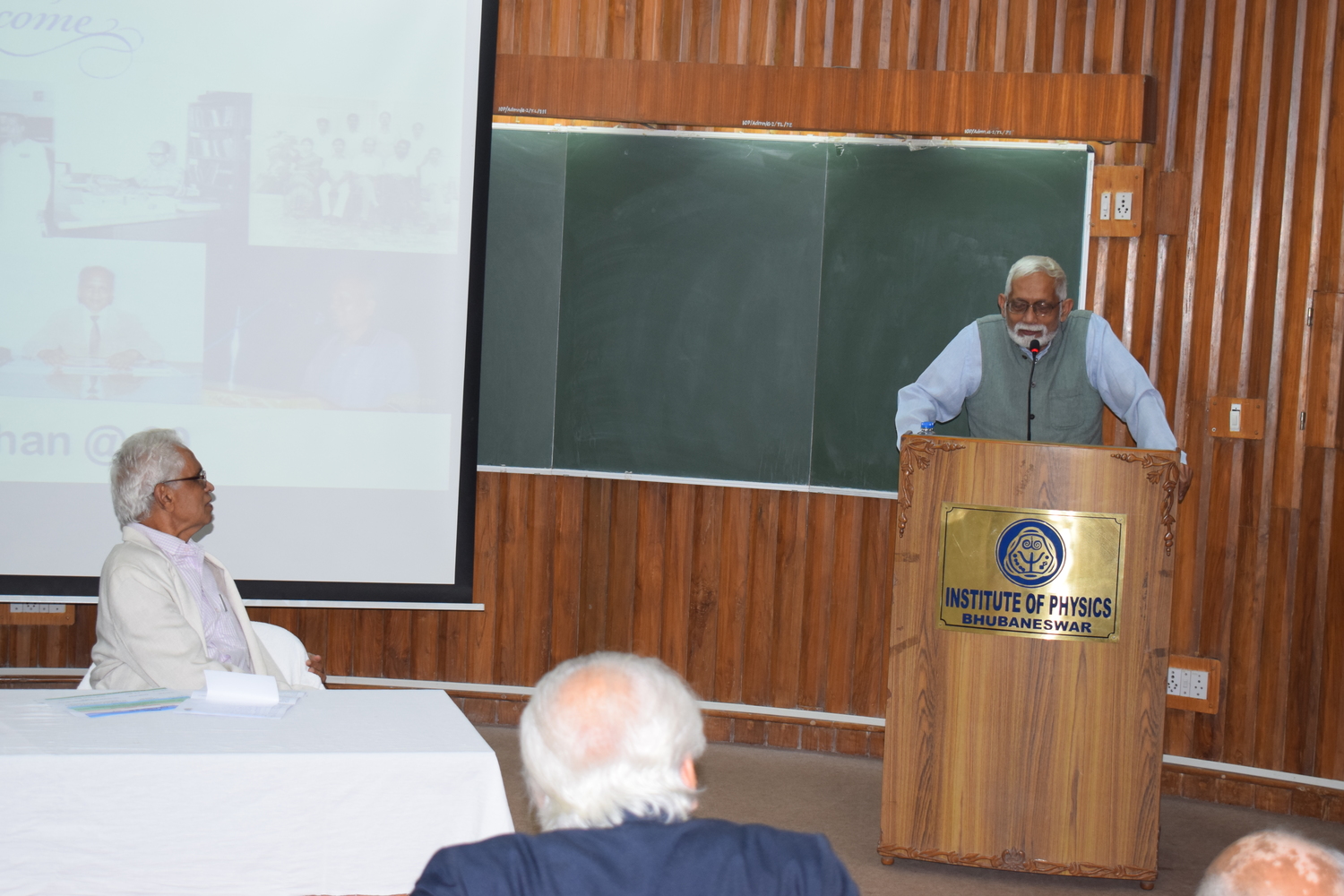
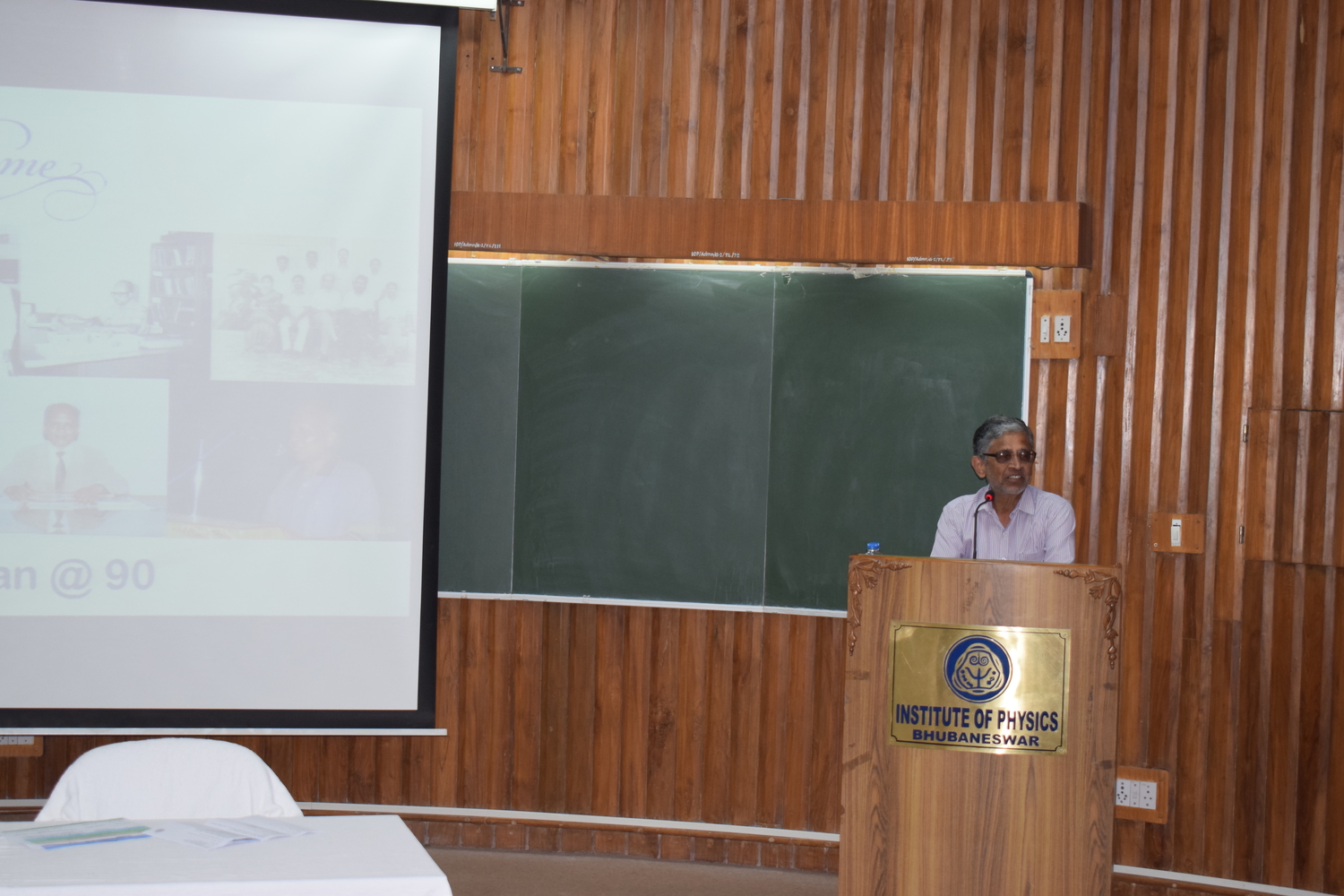
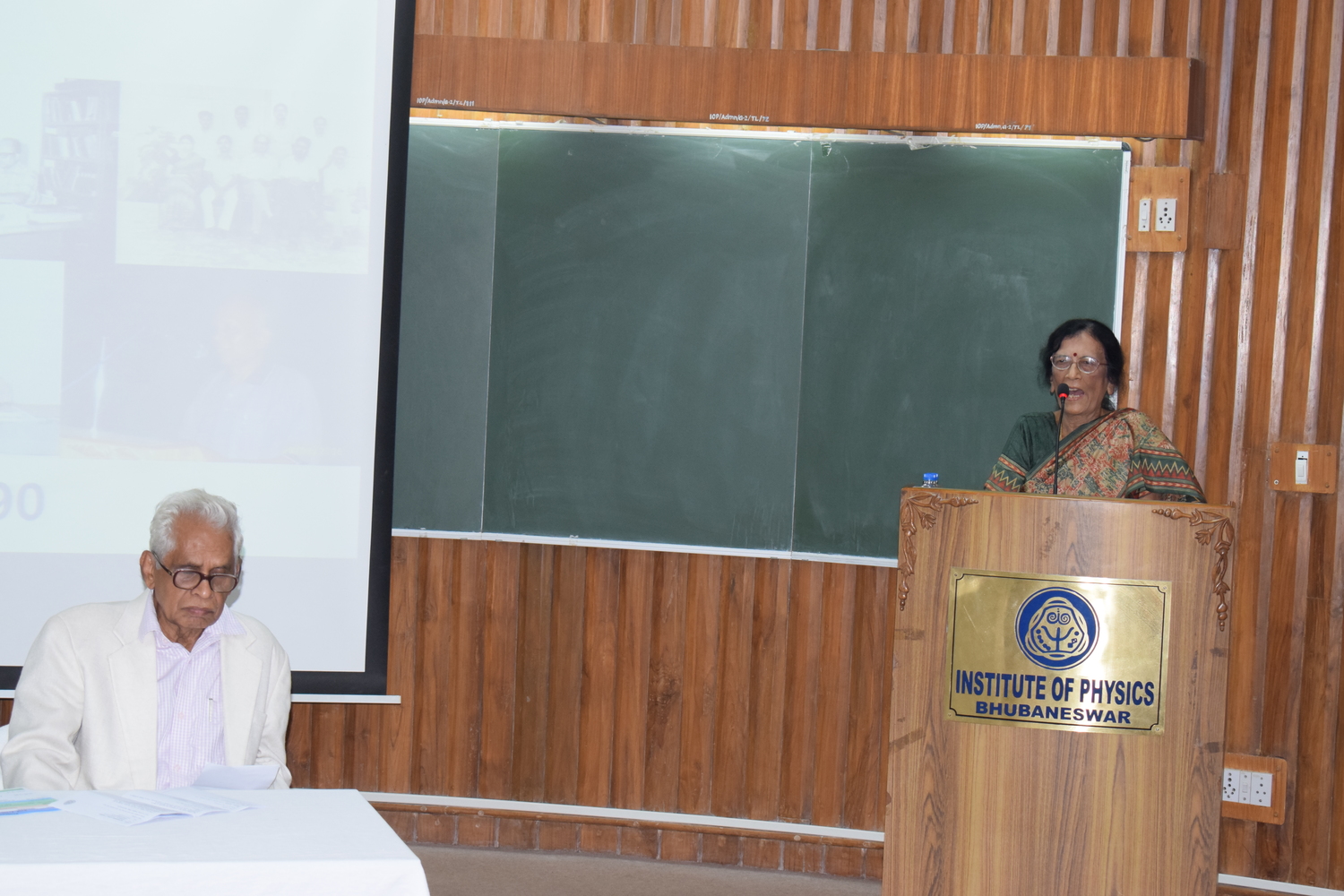
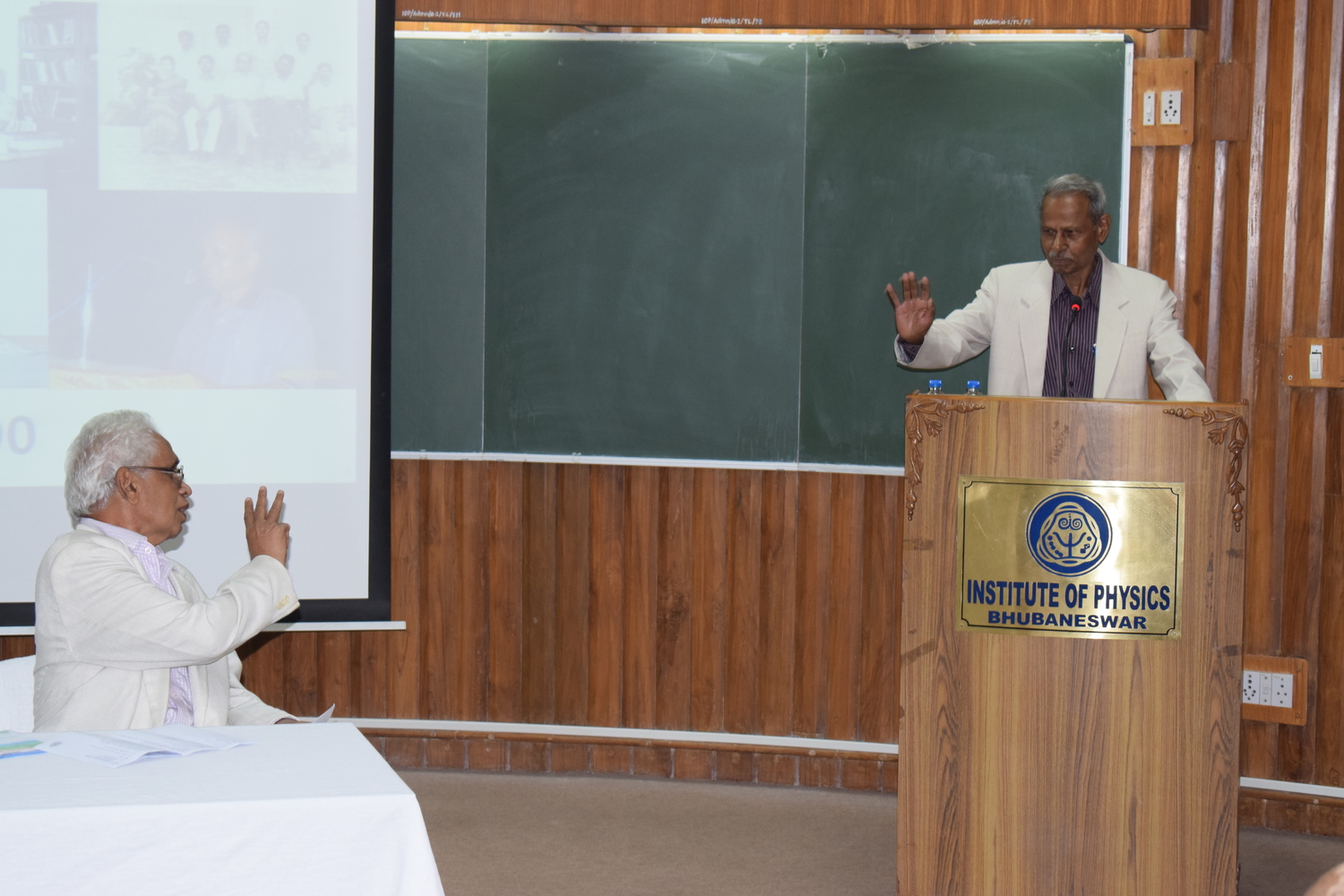
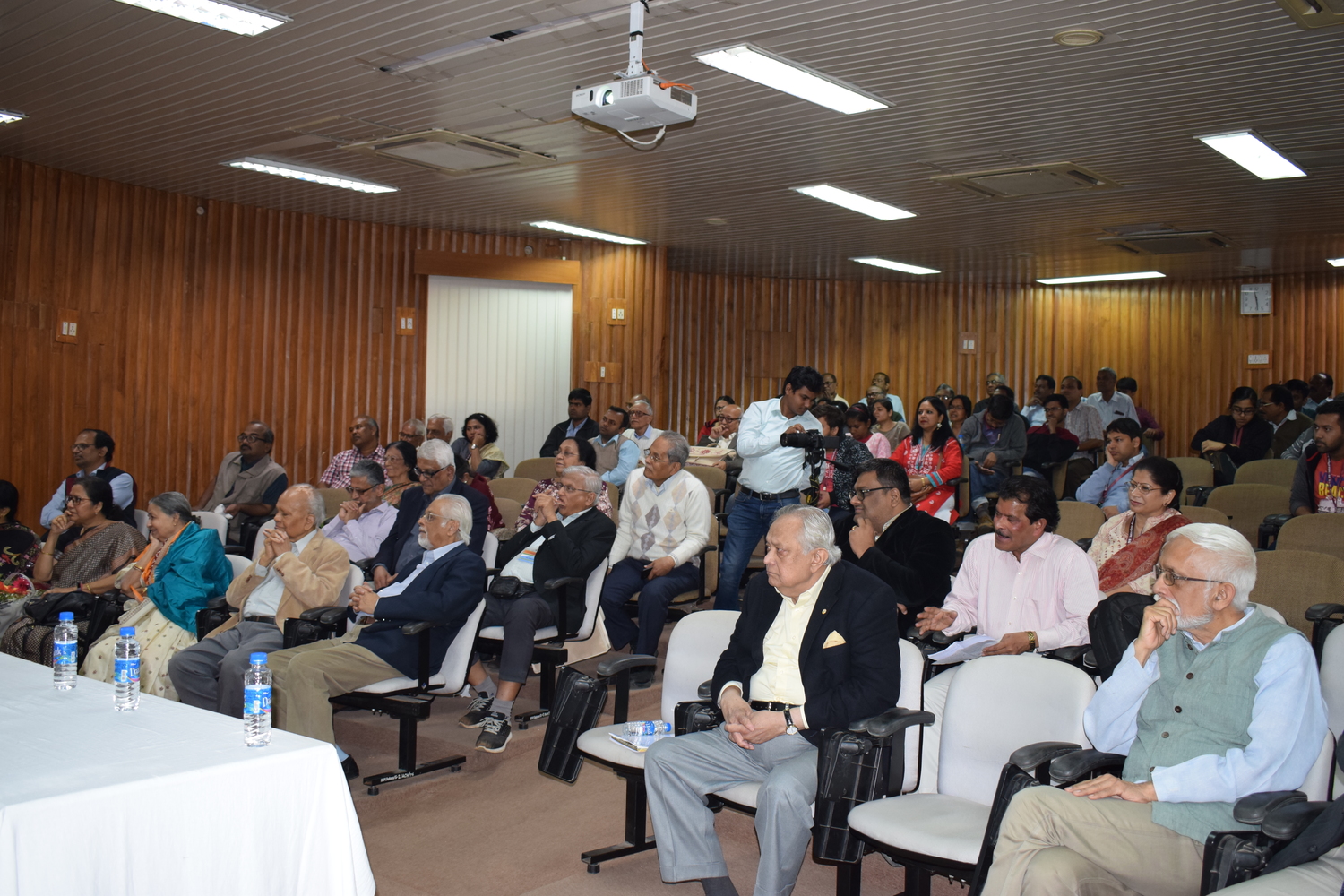
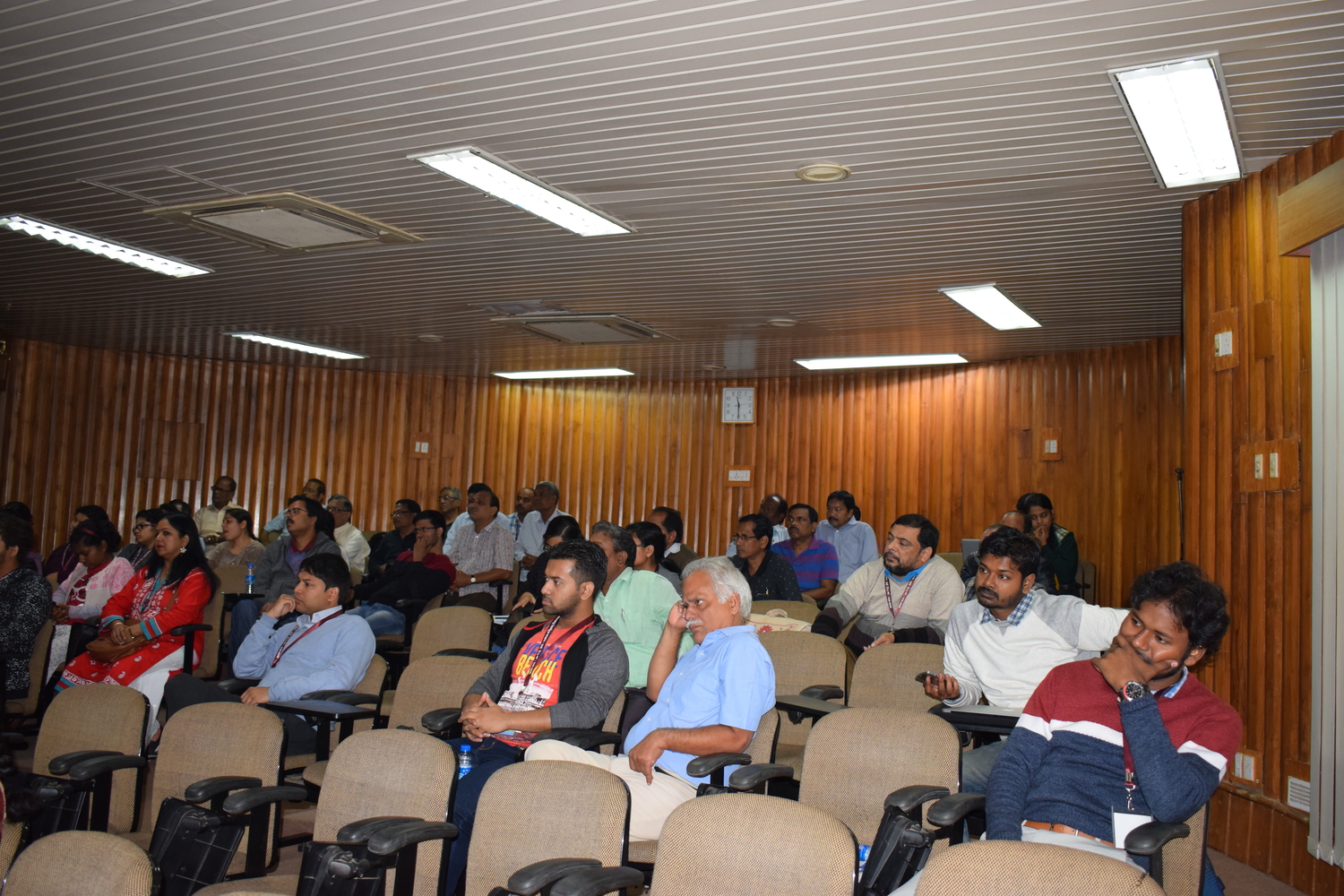
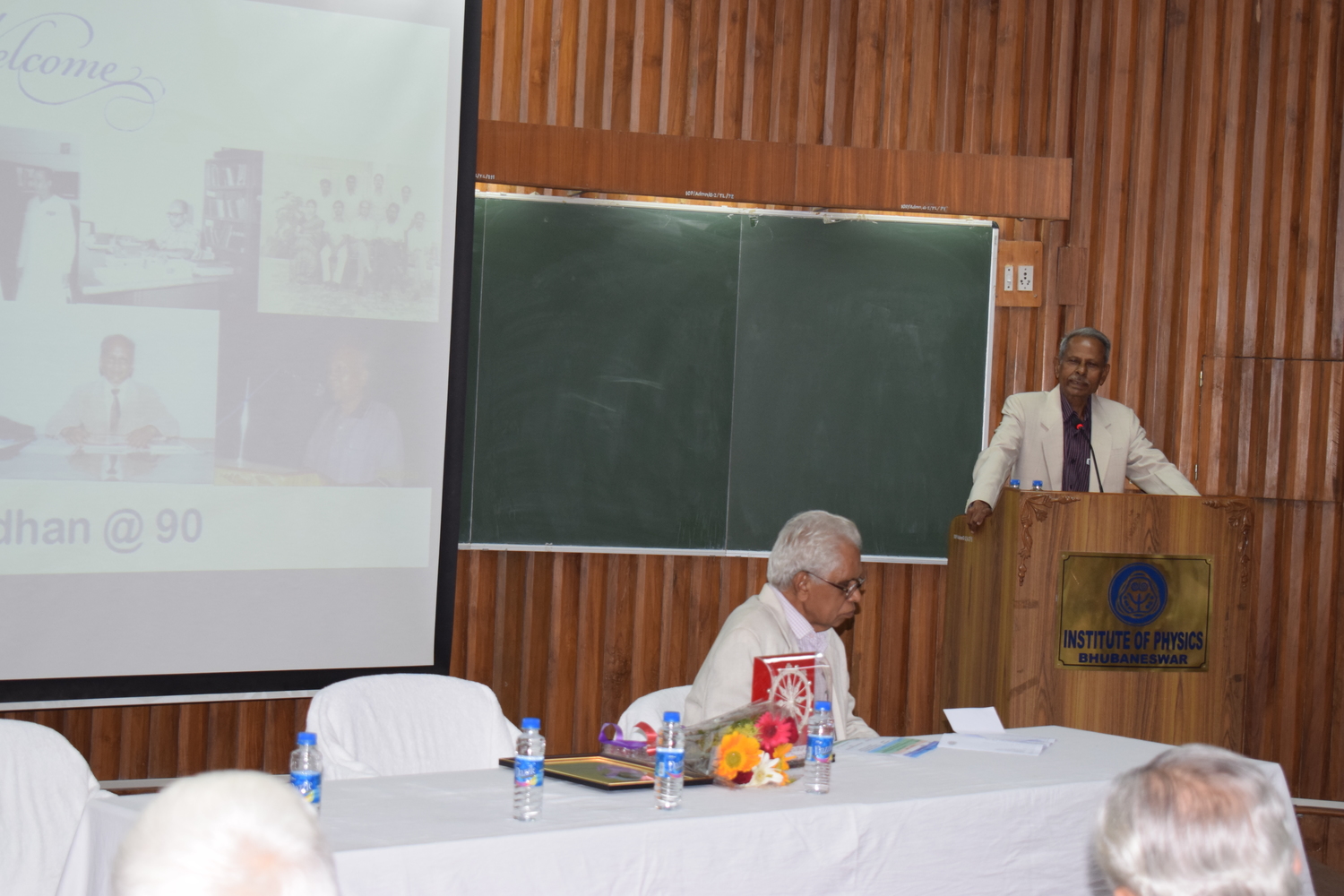
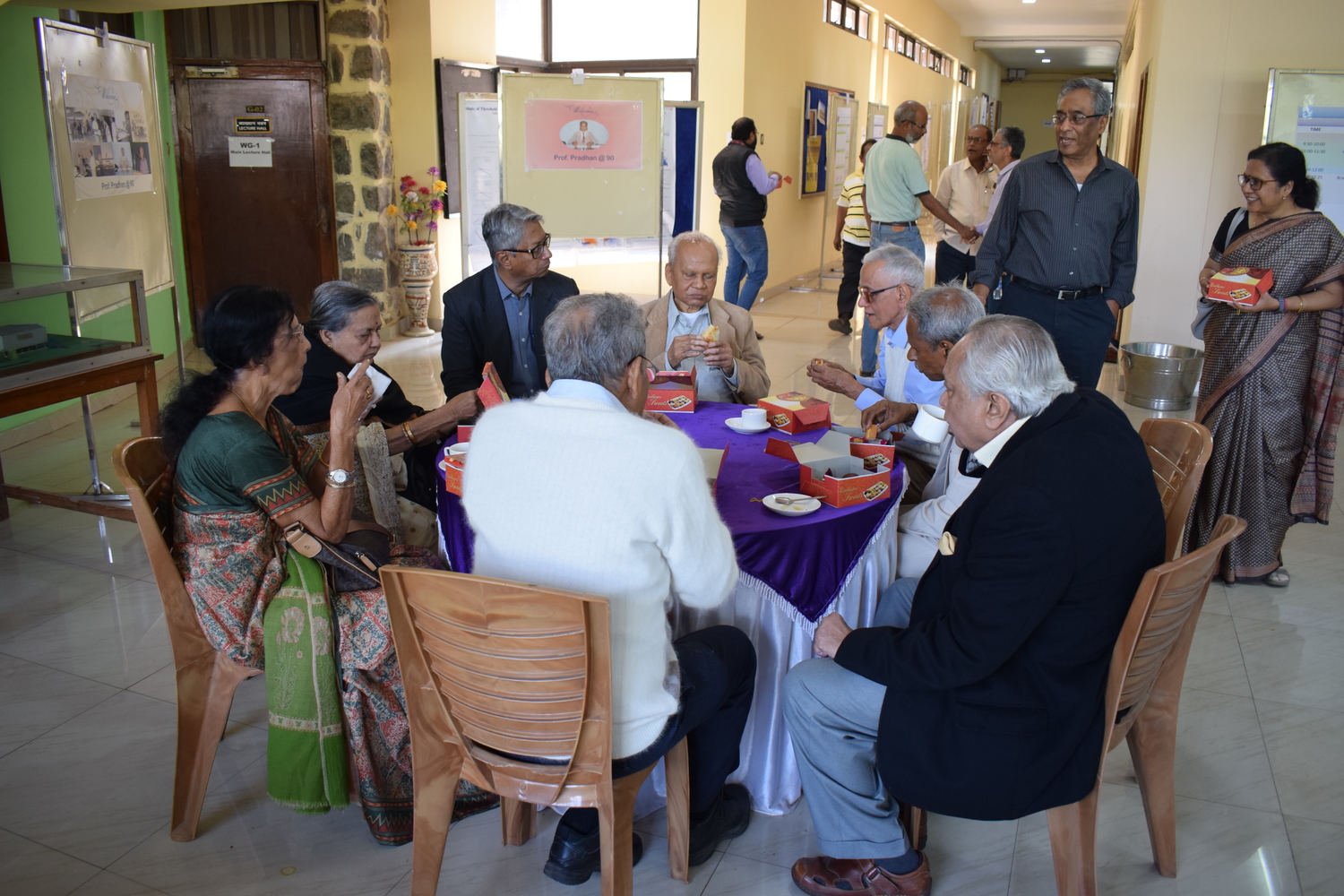
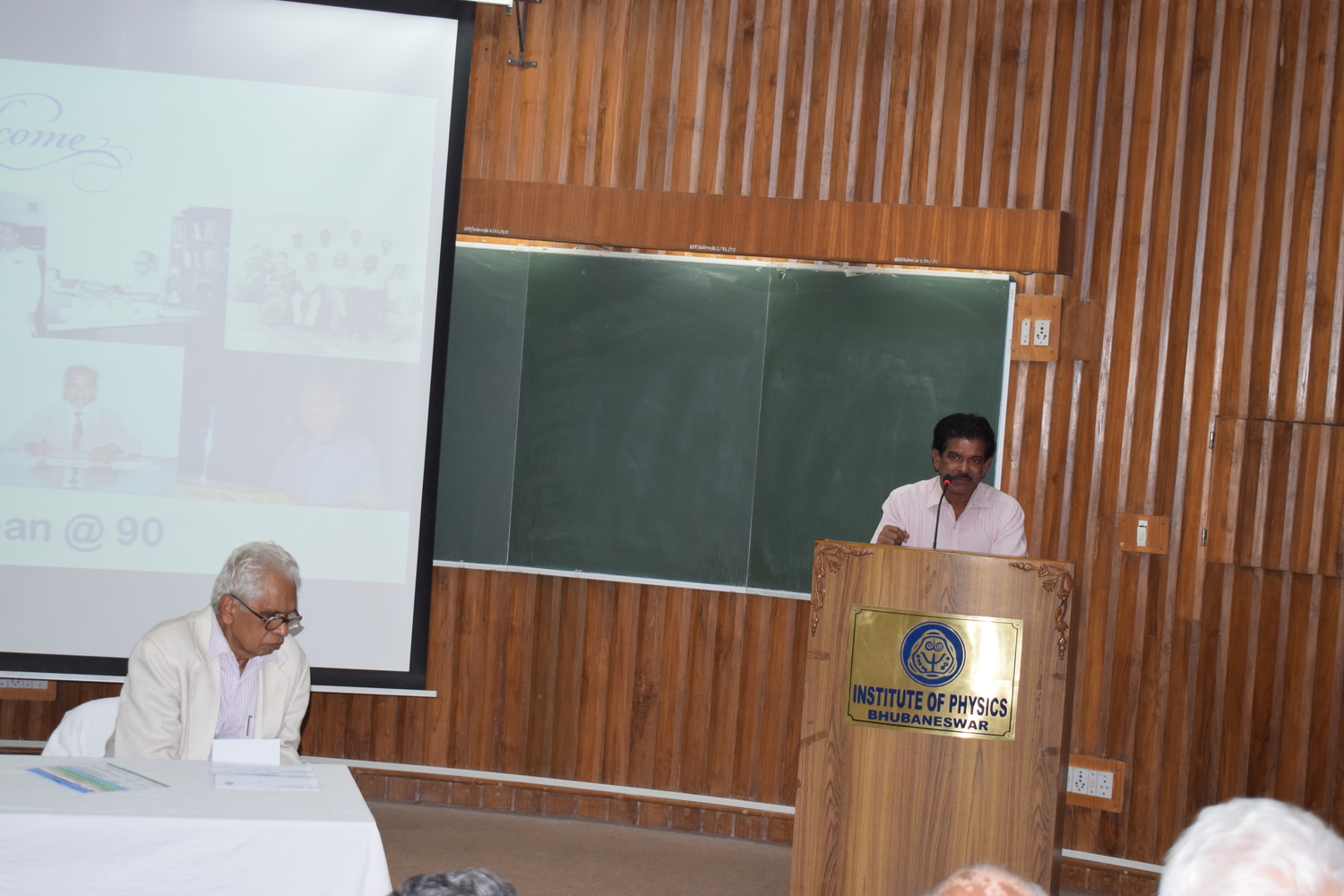
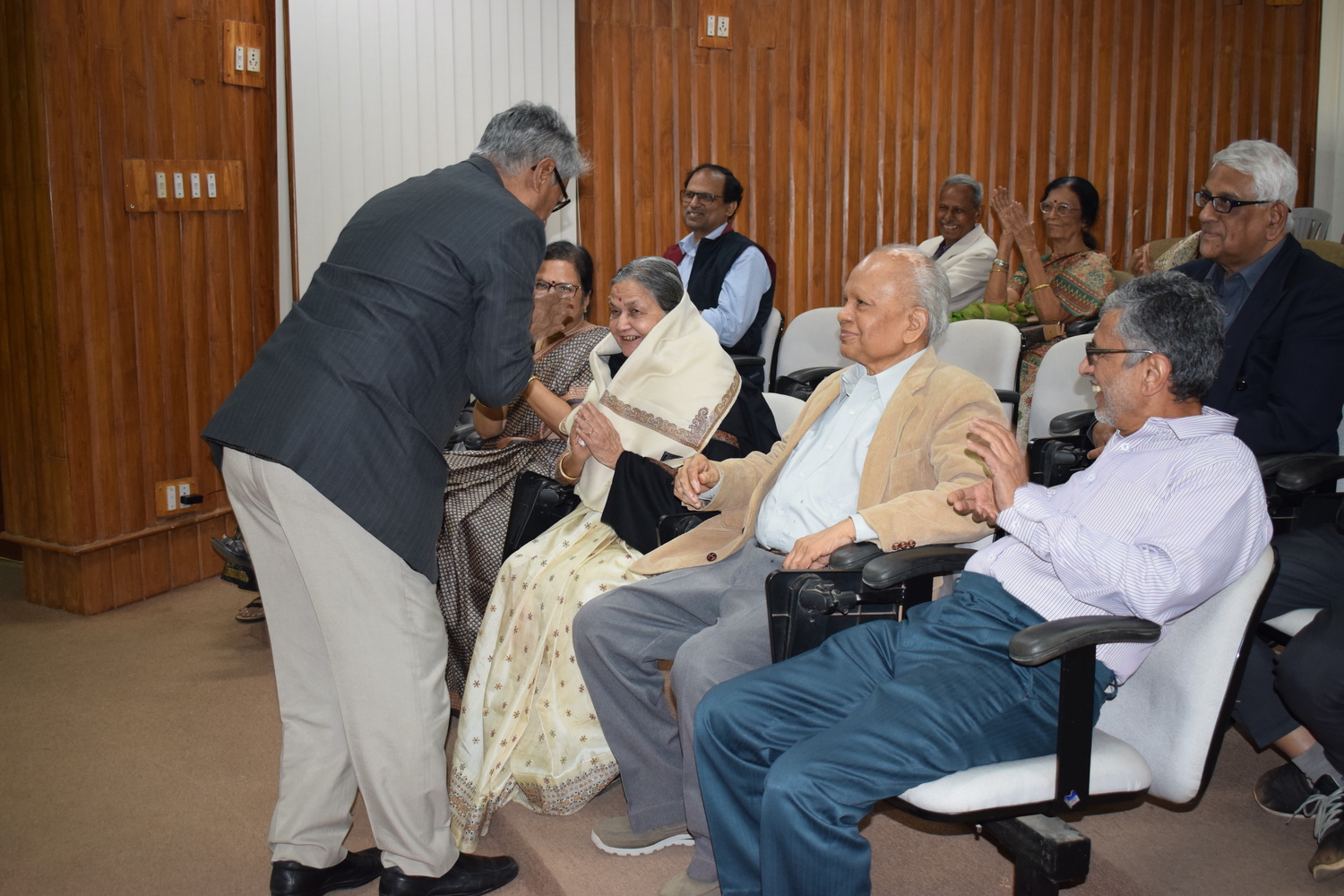
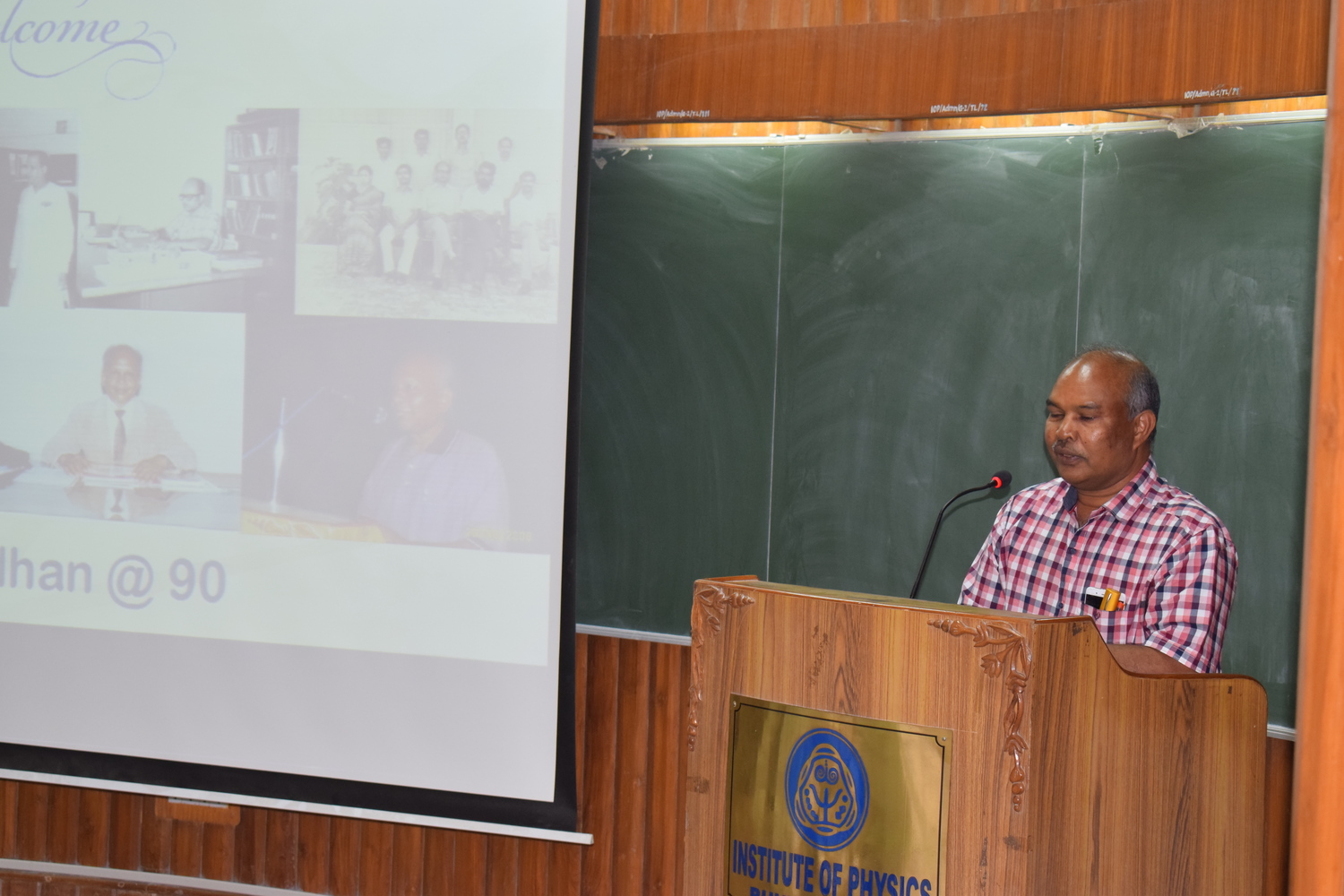
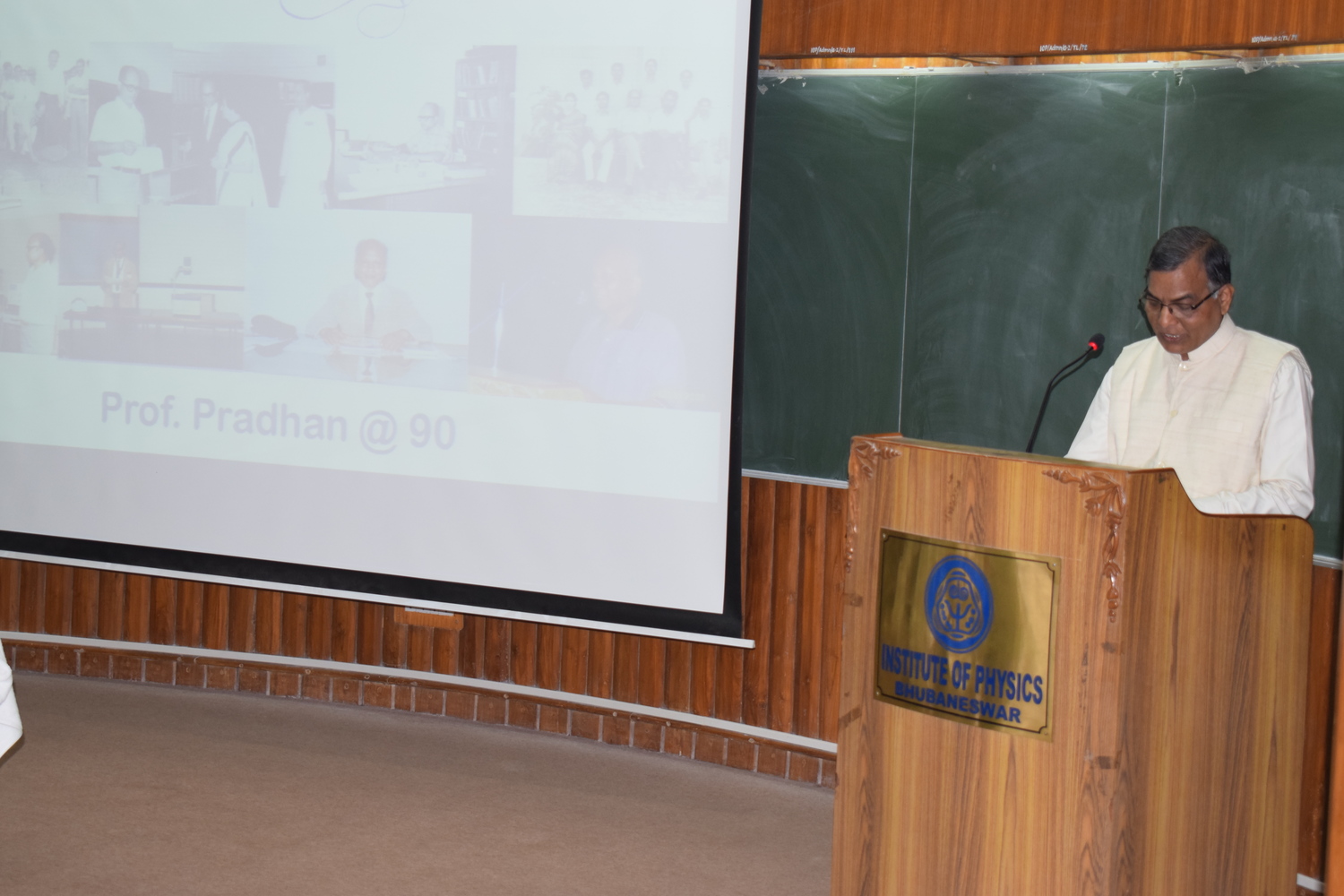
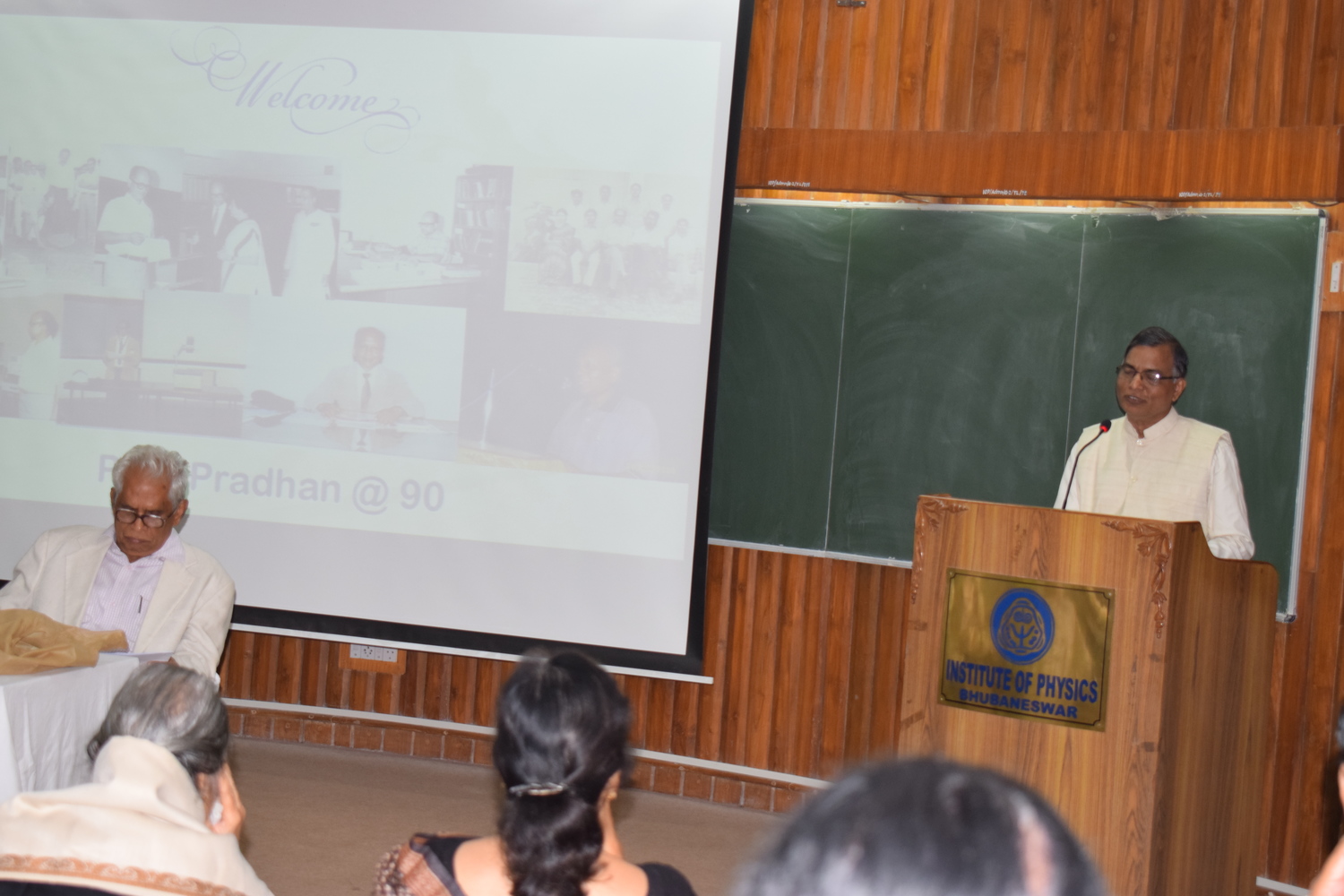
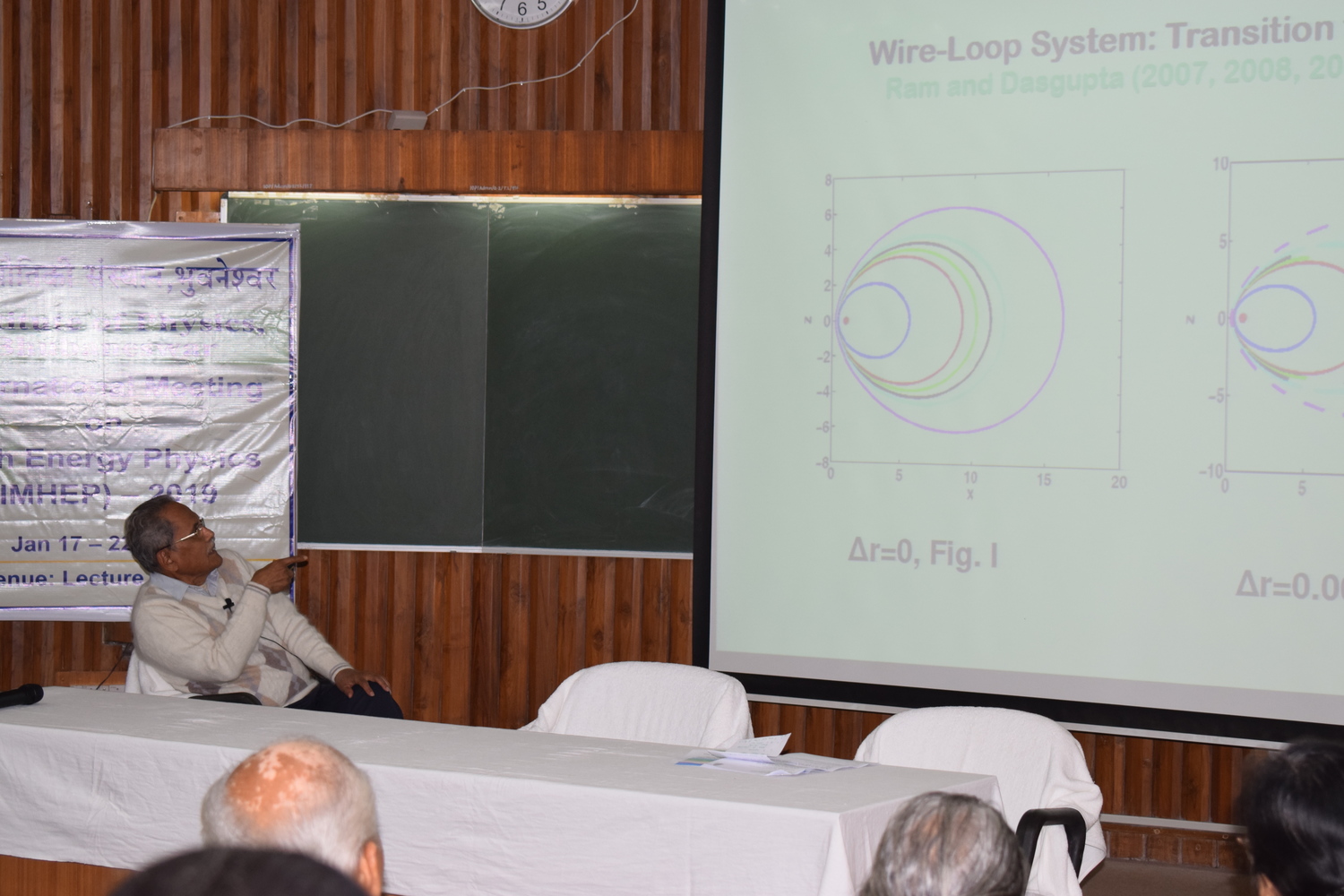
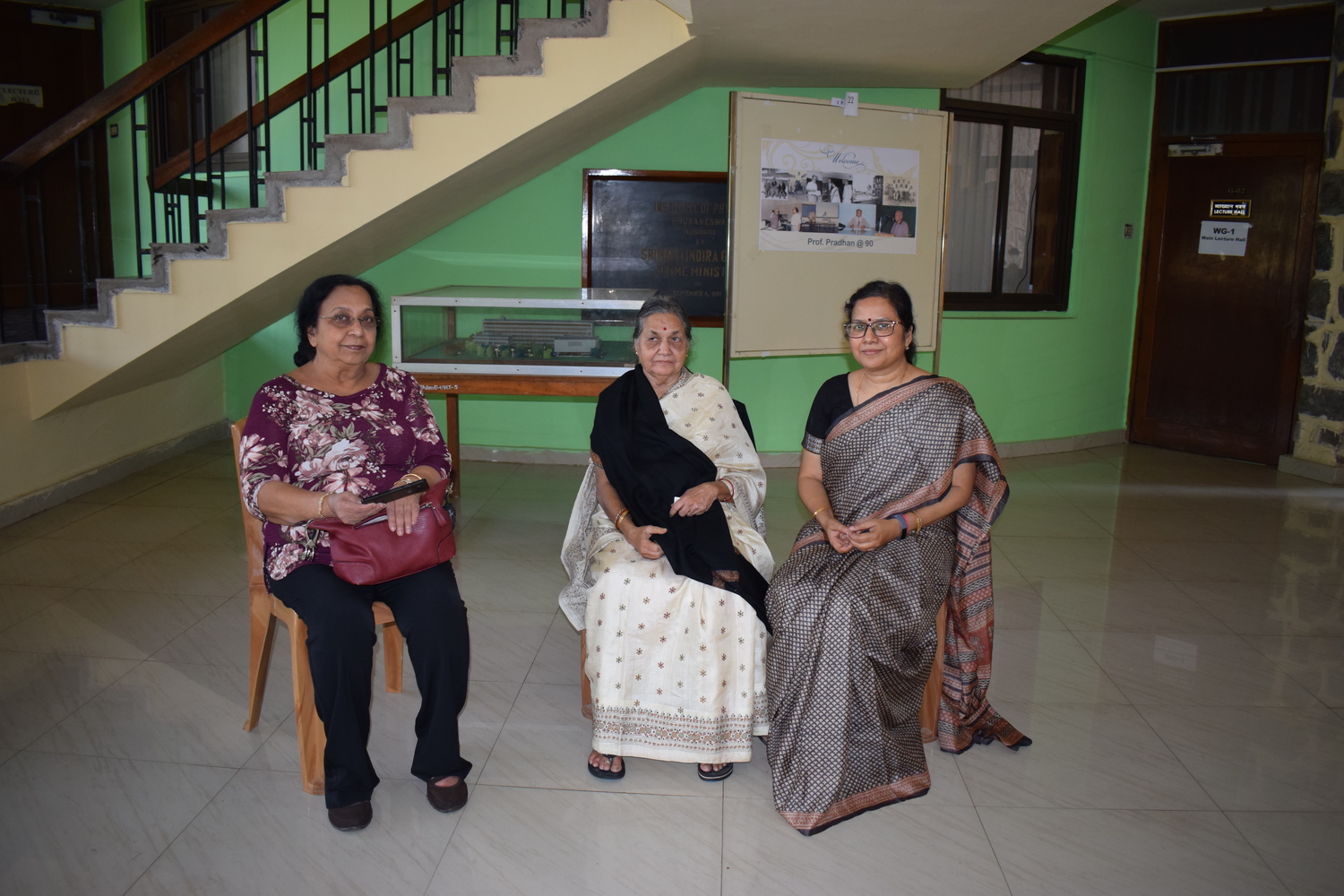
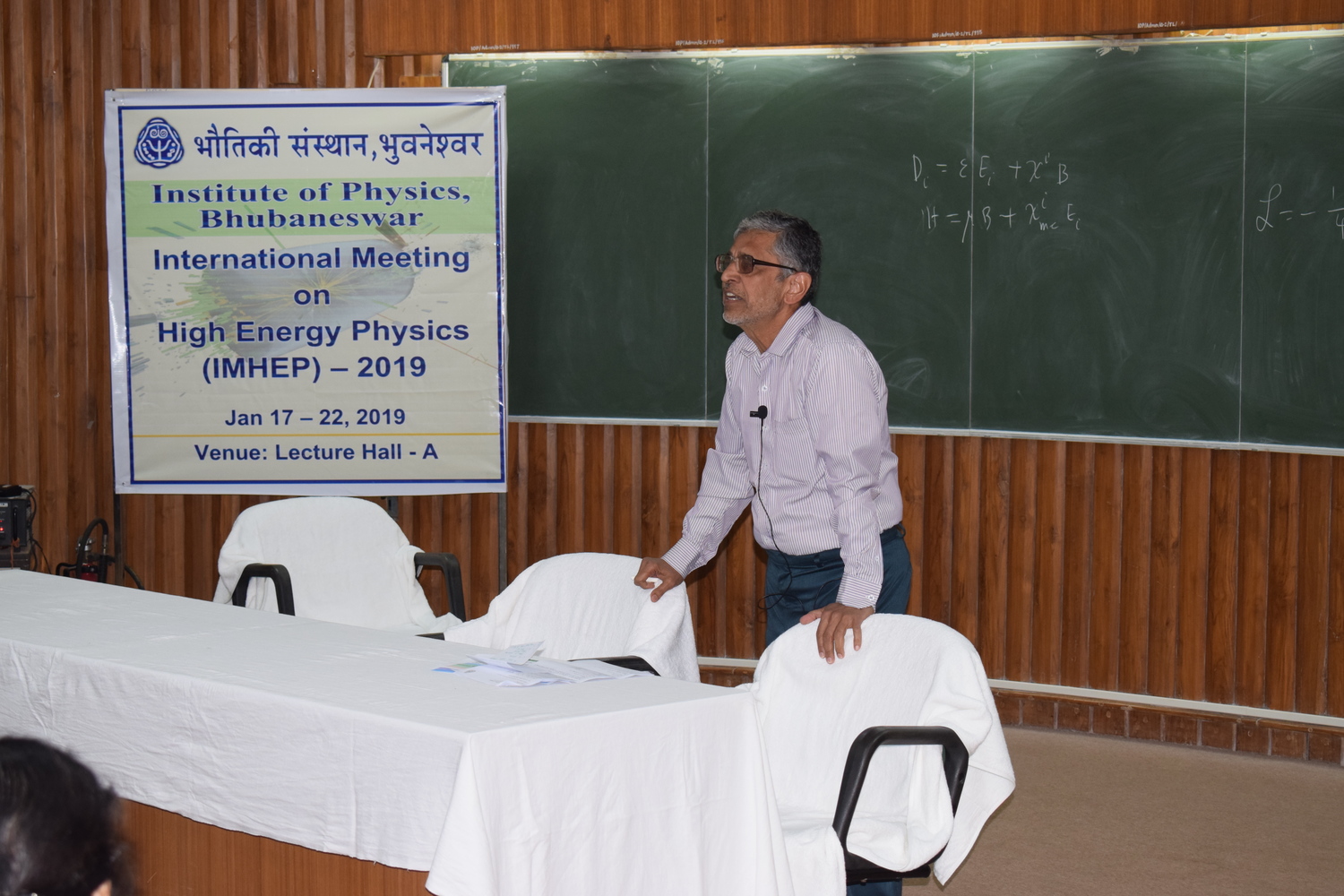
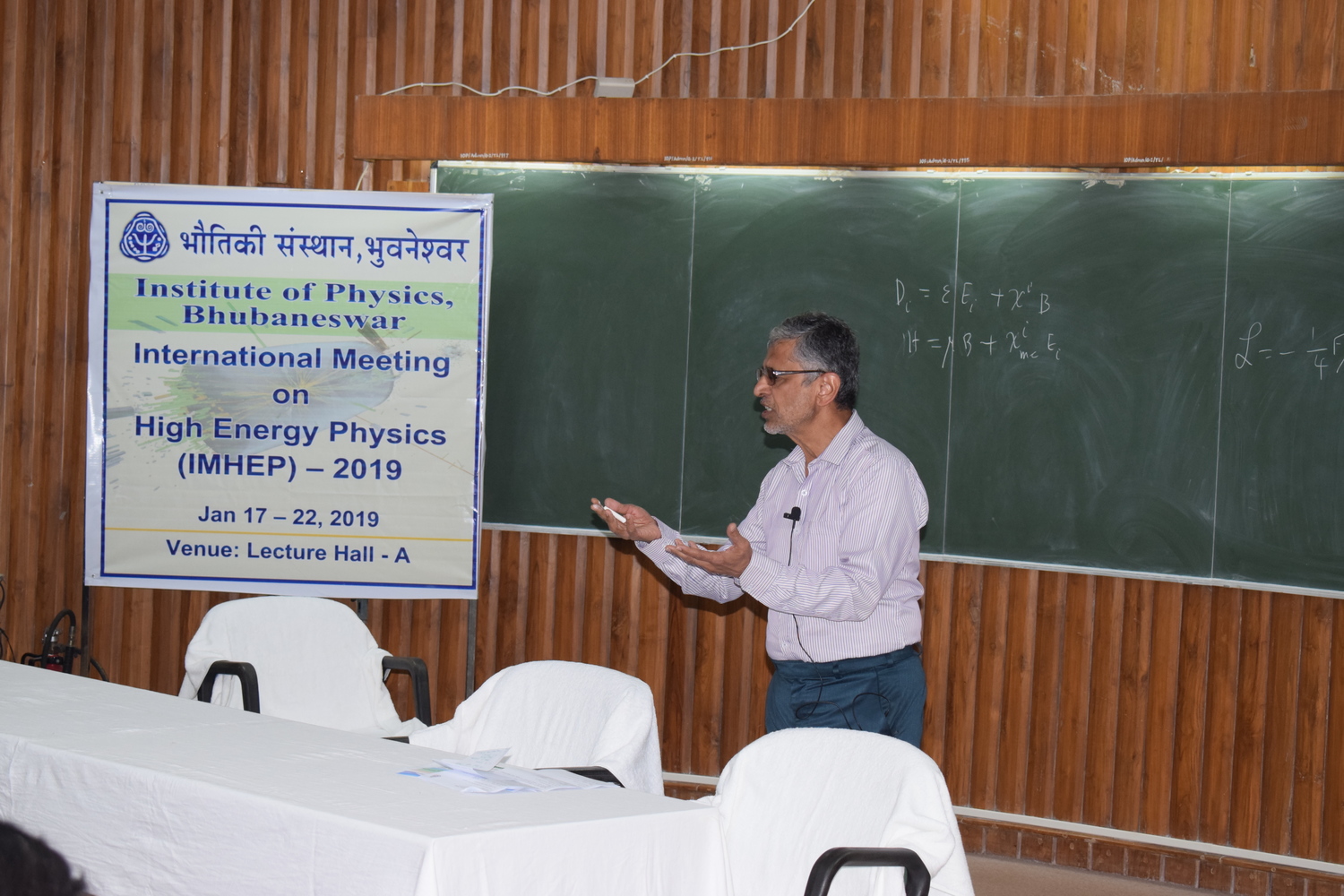
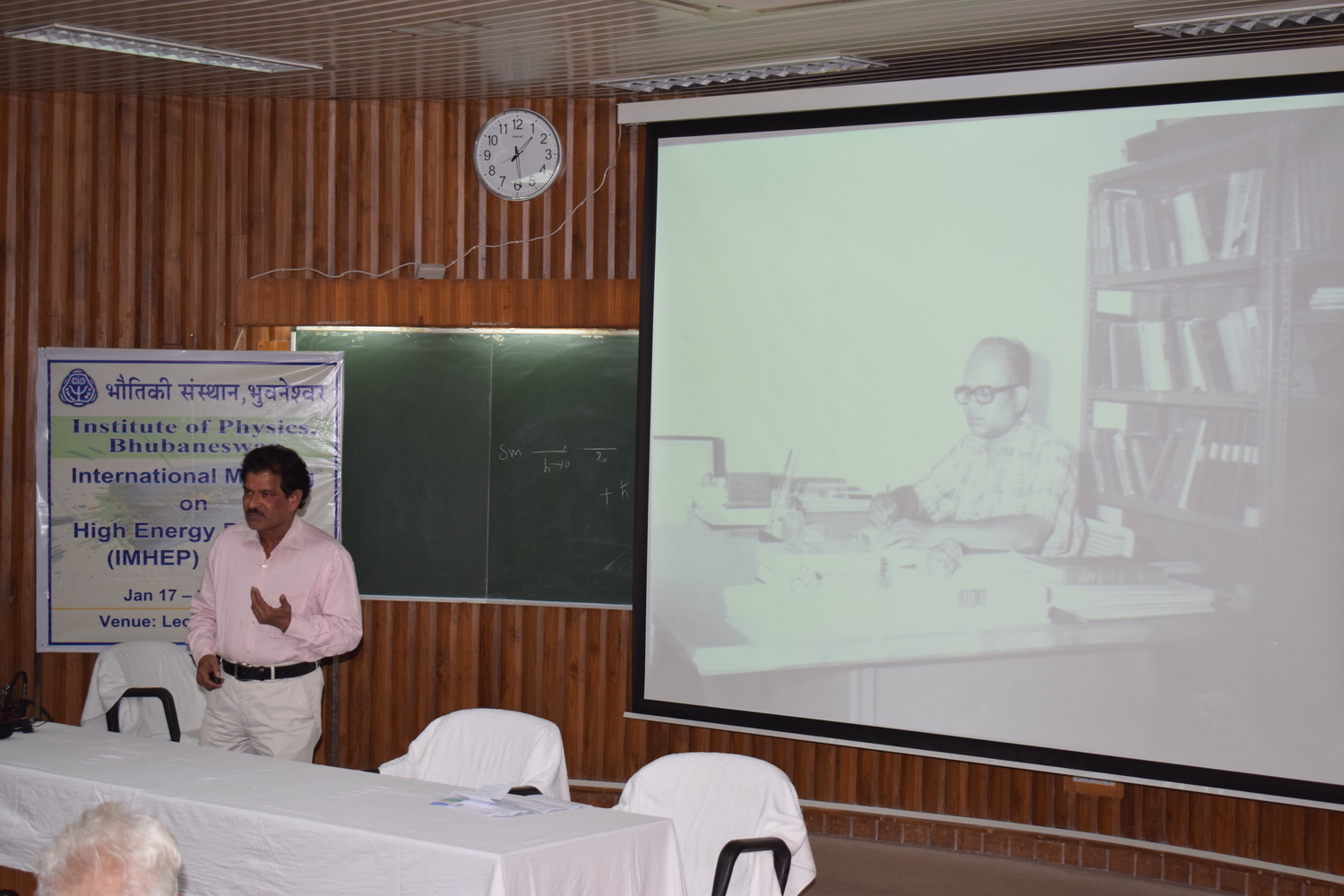
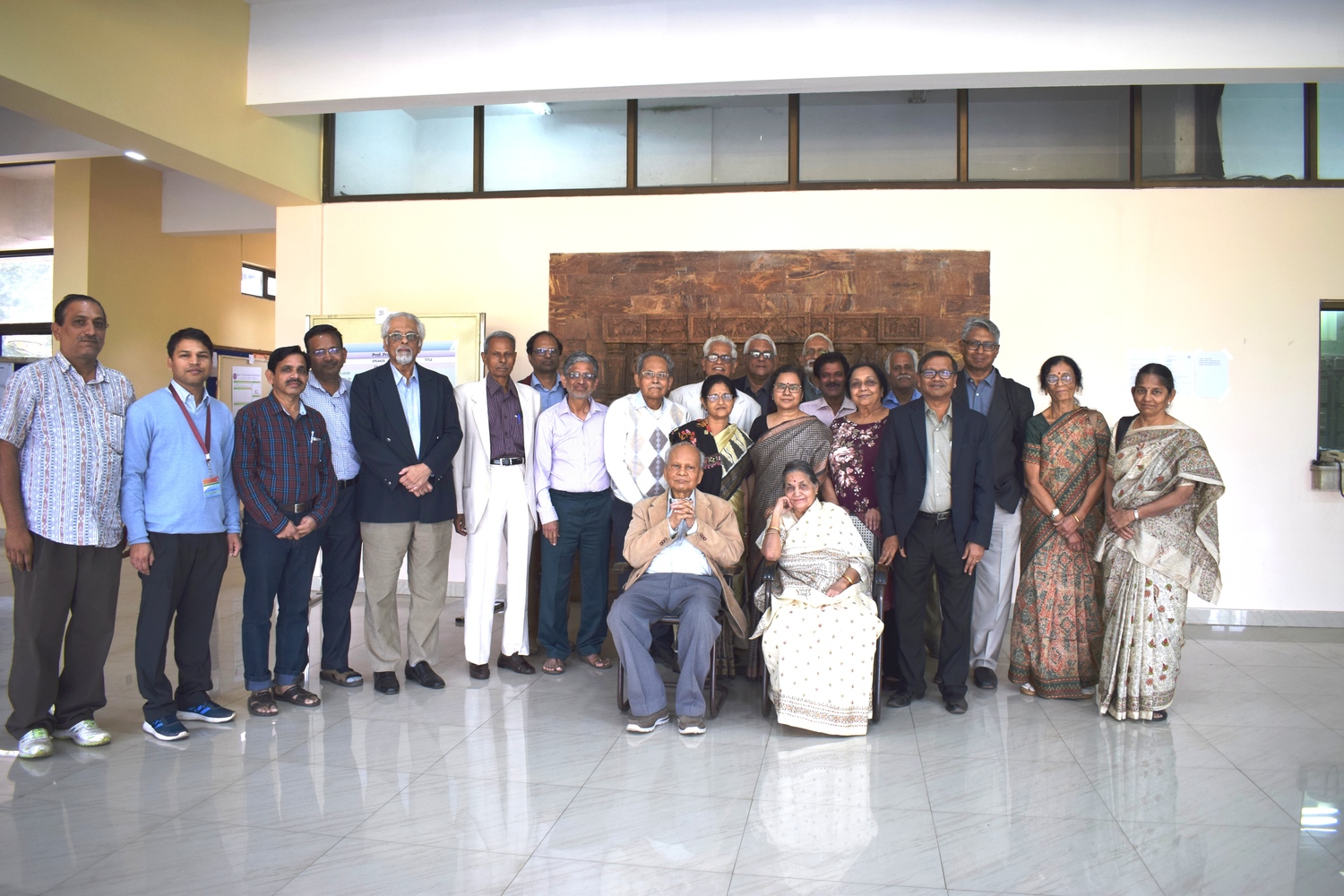
Announcements
imhep2019@iopb.res.in




























